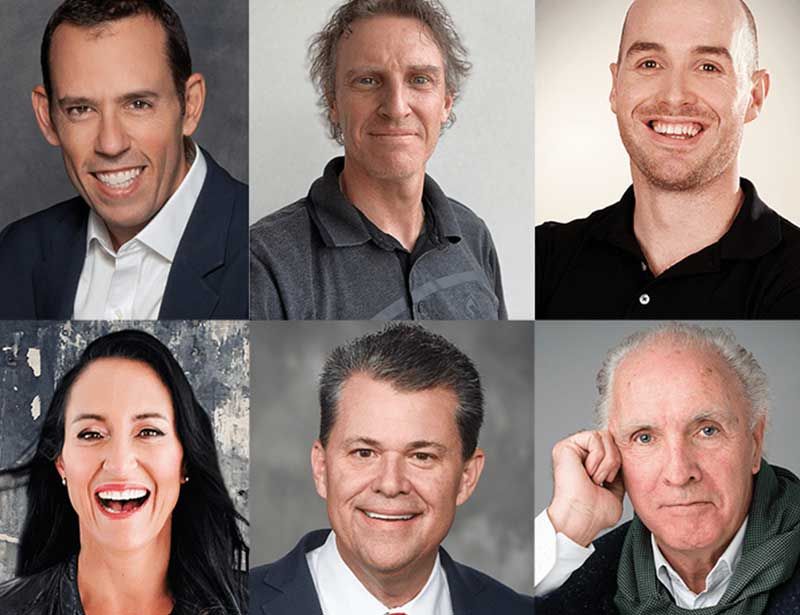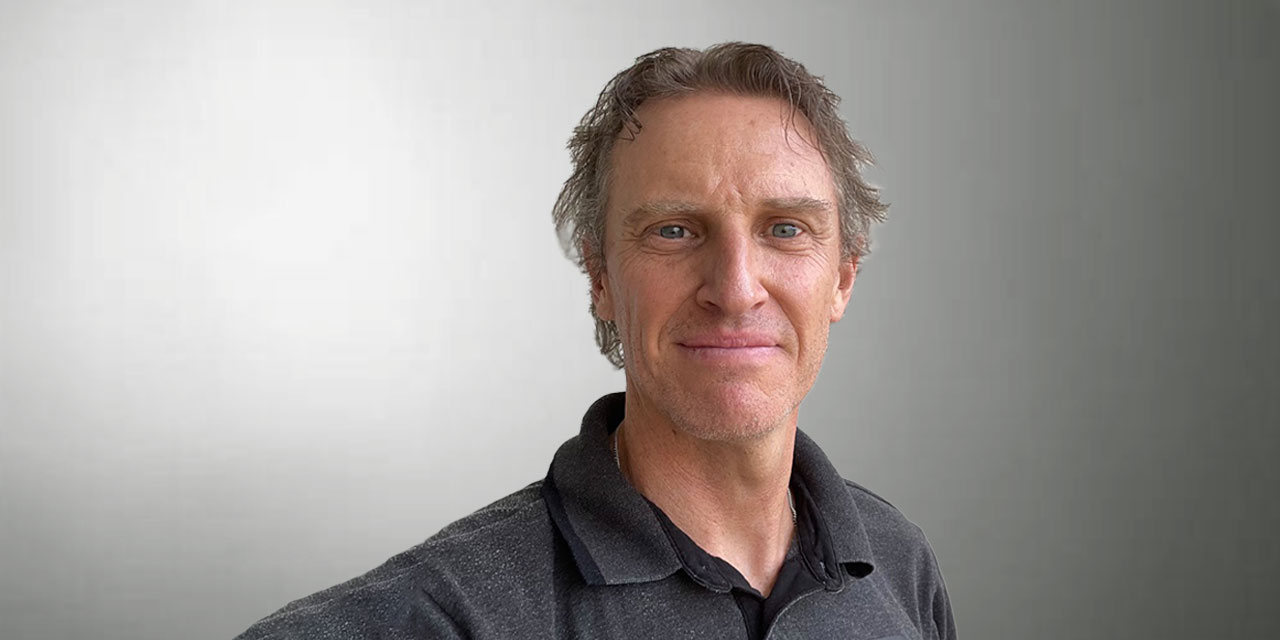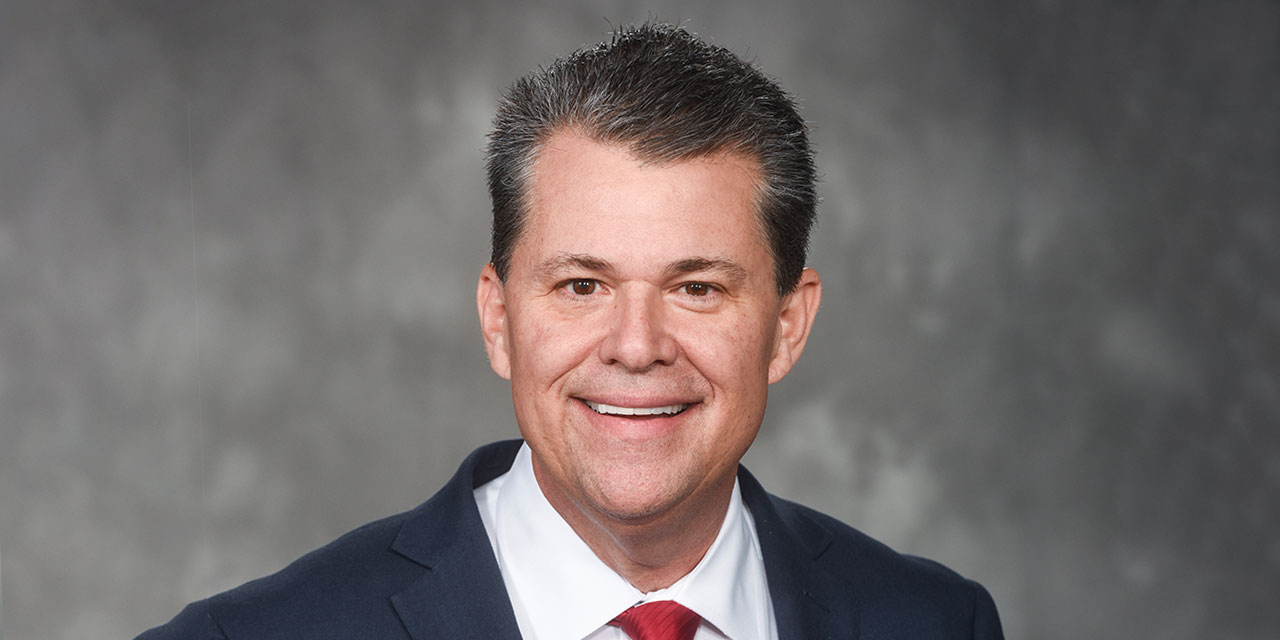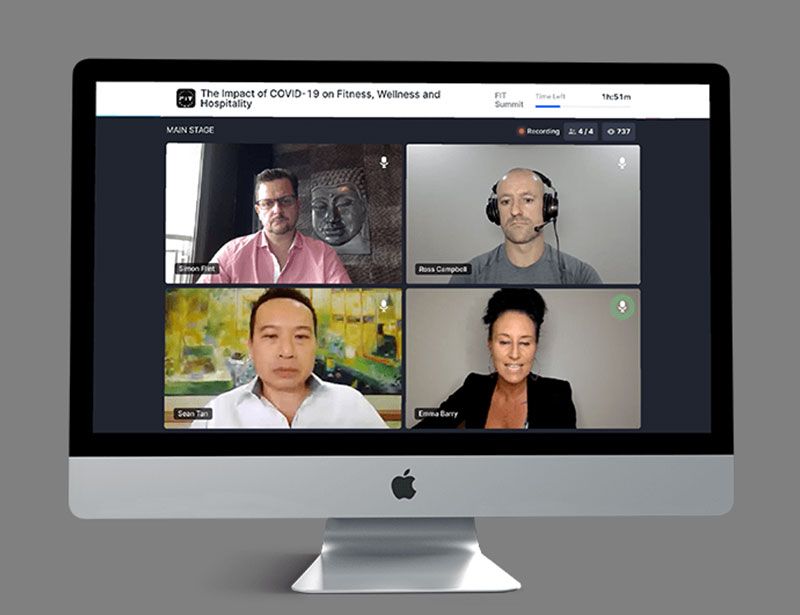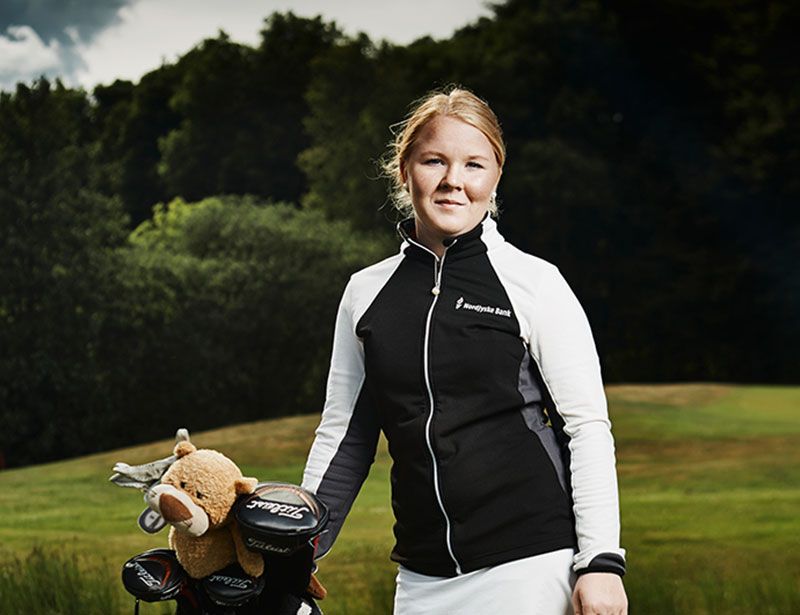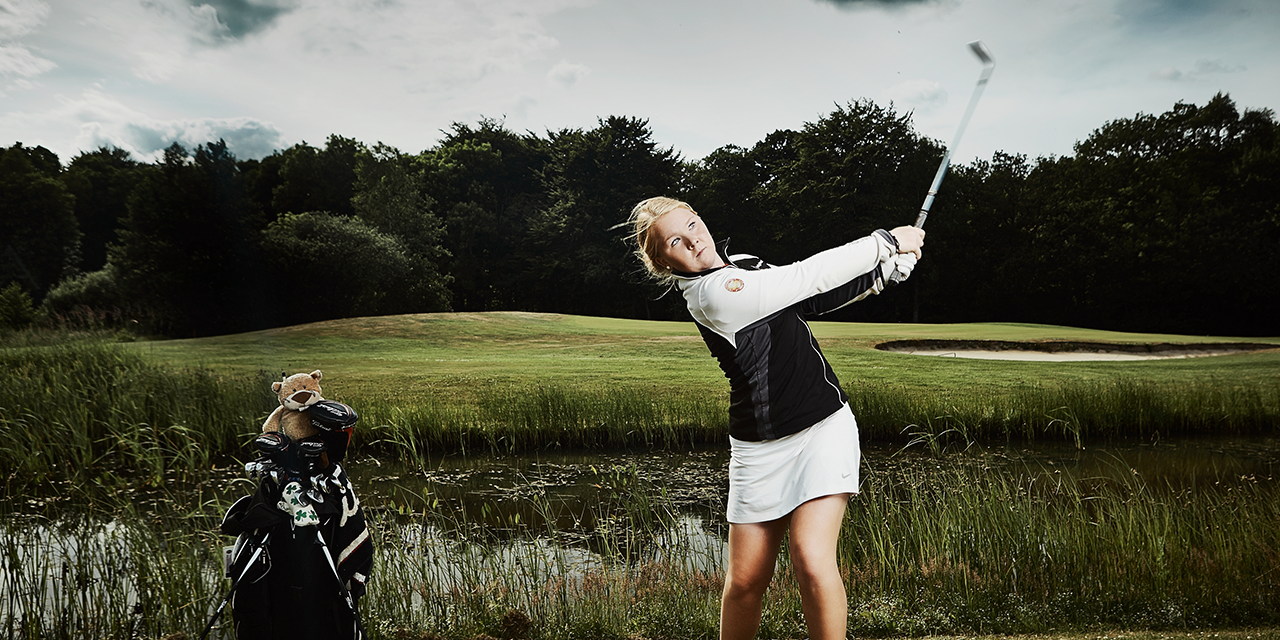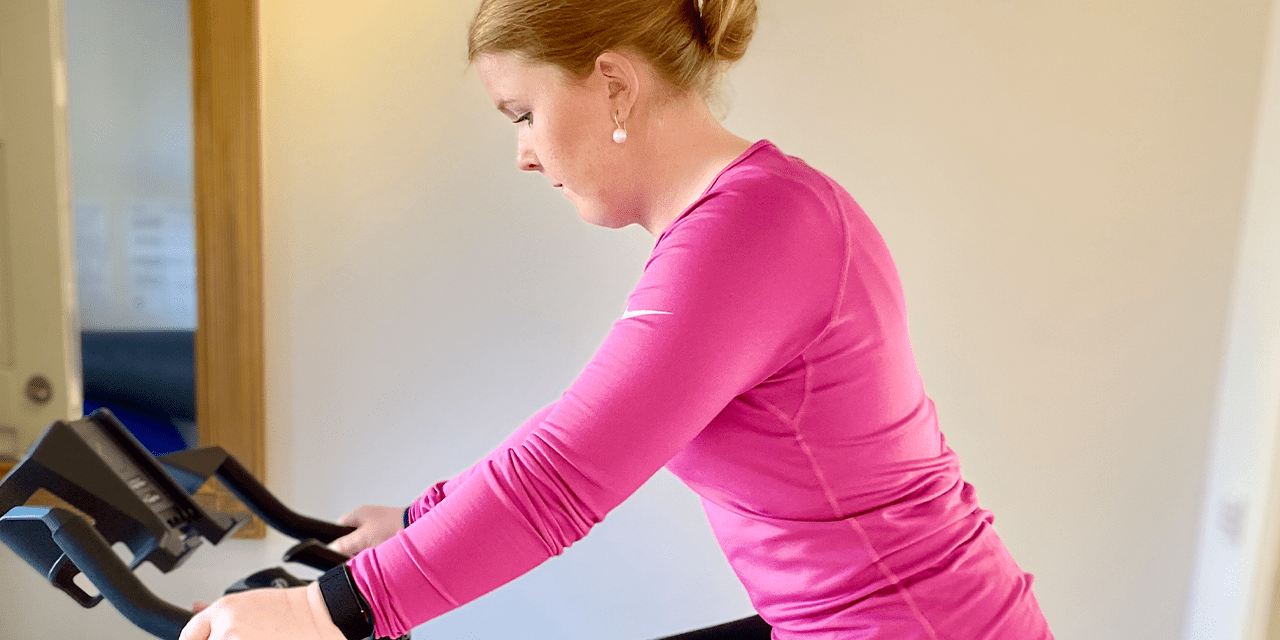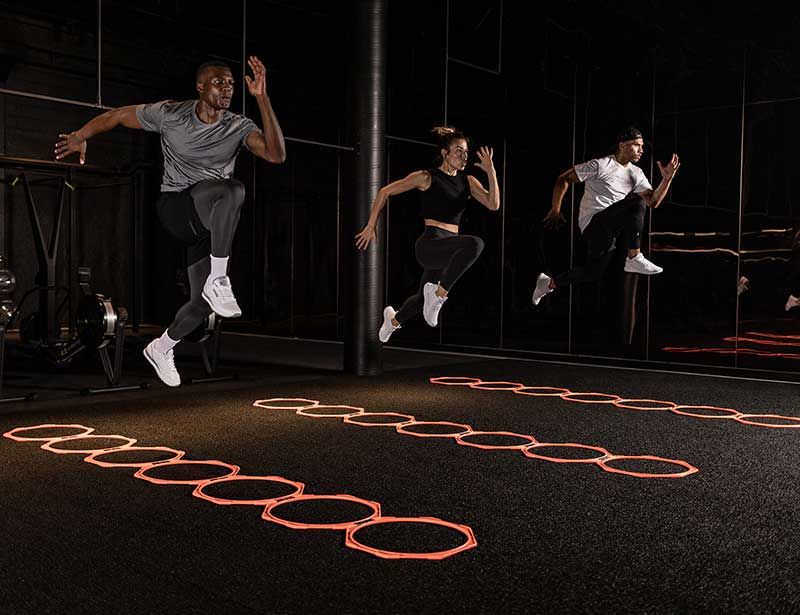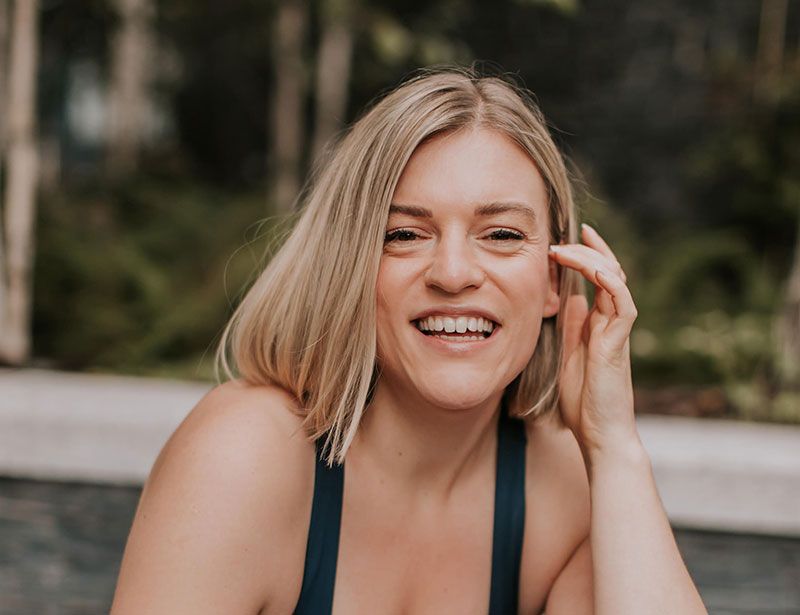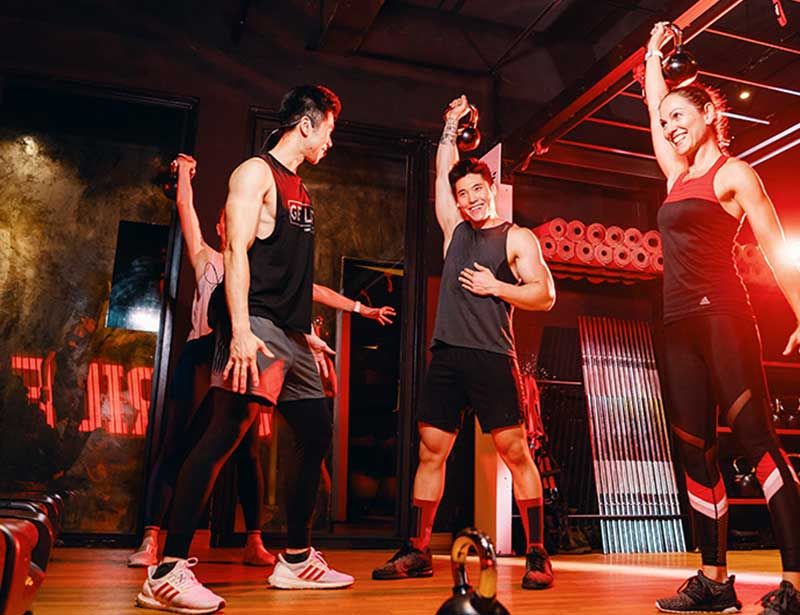The future of indoor cycling
Meet our panel
Jon Canarick: Partner, North Castle Partners – US
Lee Smith: Distributor, BODY BIKE + Les Mills – Australia
Doyle Armstrong: International master trainer, Team ICG
Emma Barry: Global fitness authority
Brian O’Rourke: Fitness technologist & futurist
David Minton: Director, TLDC – UK
Hear from our experts on…
- Technology-enhanced experiences
- New workout habits and patterns
- A shifting at-home / in-club balance
- Experience with a capital E
- Out-of-club shaping in-club offerings
- Bespoke, signature programming
- Virtual / in-person blends
- AI, AR, VR, GAFA
- The changing shape of the club market
- Ramped-up qualifications
- A new breed of cycling instructor
- The onus on the operator
- Esports and gamification
- An expanded definition of hybrid
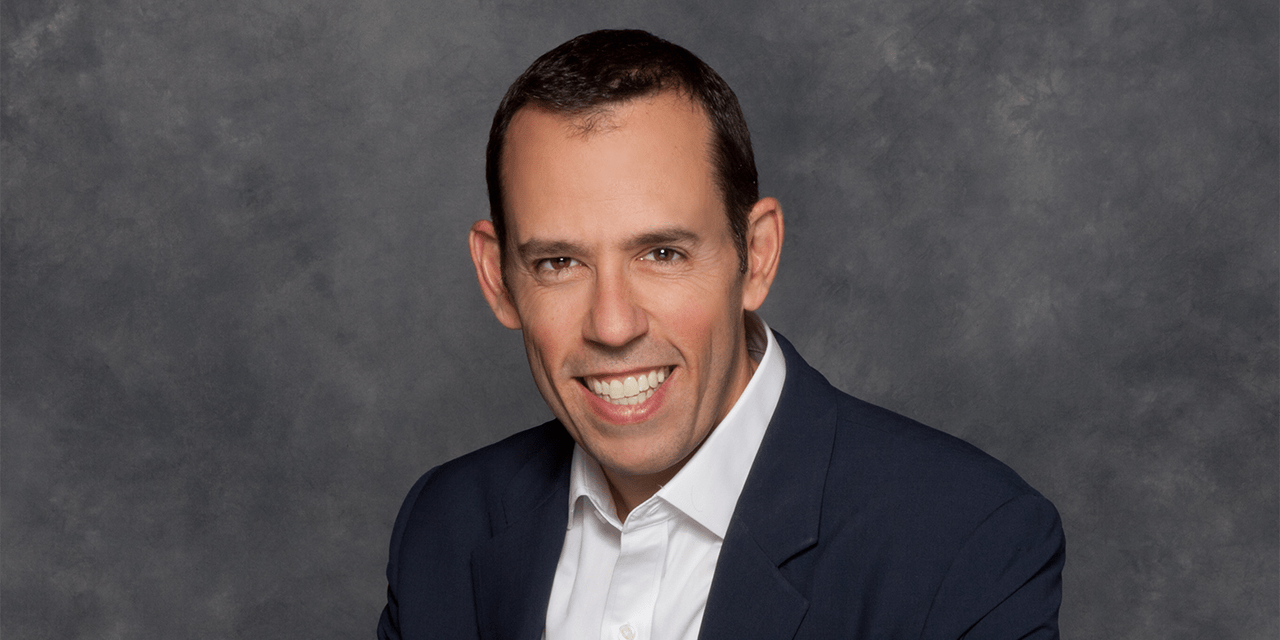 Jon Canarick
Jon Canarick
Partner, North Castle Partners – US
It’s hard not to start with the home product. I wouldn’t say the future of indoor cycling is primarily home-based, but at-home will play a major role.
With connected fitness, at-home indoor cycling is a far better experience than it used to be. On top of that, hybrid working routines – part-time in the office, part-time from home – are with us for the long term. On the days when you don’t have to leave the house for any other reason, I believe you’re more likely to opt for a home workout over the gym.
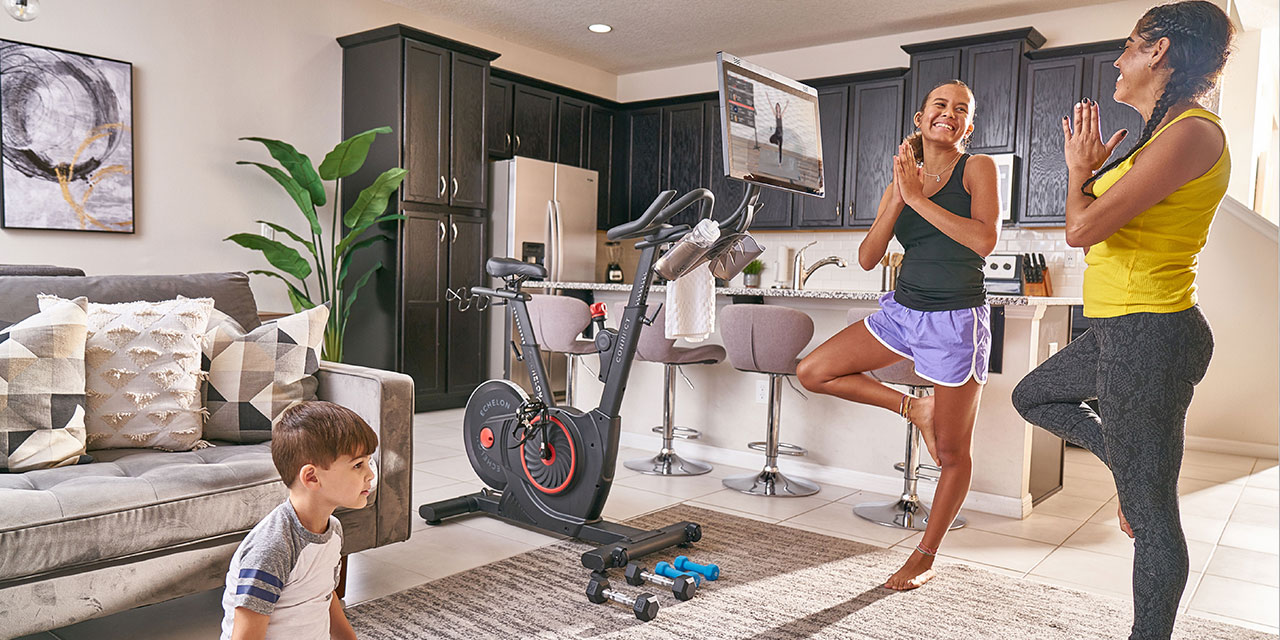
However, people still crave human interaction and the energy of exercising together; towards the back end of 2021 and into 2022, we’ll see a significant return of members to gyms. So I do think indoor cycling will continue in many clubs, particularly at the higher end of the scale – the likes of Equinox and Lifetime Fitness.
The number of classes on offer in the US mid-market will fall dramatically, though, simply because there won’t be as many clubs. Many of these brands went bankrupt during the pandemic and estates will now be slashed.
Wallmart has ordered an astonishing number of bikes. we’re selling them as fast as we can make them
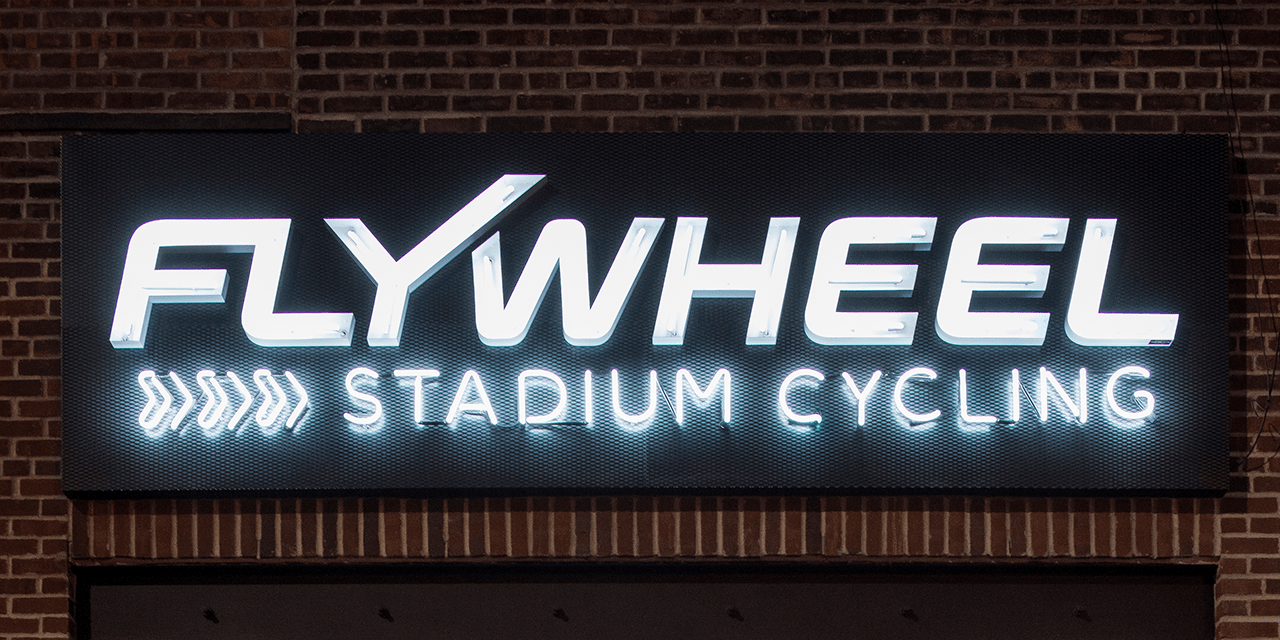
Meanwhile, although some low-cost operators offer classes, they tend not to offer as many.
Ultimately, I don’t think things will ever return to what they were pre-pandemic. At-home will continue to steal from clubs’ share of total indoor cycling rides as people do at least some of their workouts from home. As a result, while there’s certainly a future for double-digit numbers of bikes in a studio space, I can see more classes being offered virtually, especially in the value segment.
The other big question relates to studio demand. The boutiques and franchises were growing rapidly pre-pandemic, but there will be a lot less of them – urban and suburban – as we come out of this crisis. For studios that were marginal before, if there’s a clear path to shutting them, they will shut. Flywheel has already gone and it will be interesting to see what other brands do with their estates. It may be even worse in the UK, where rents are higher.
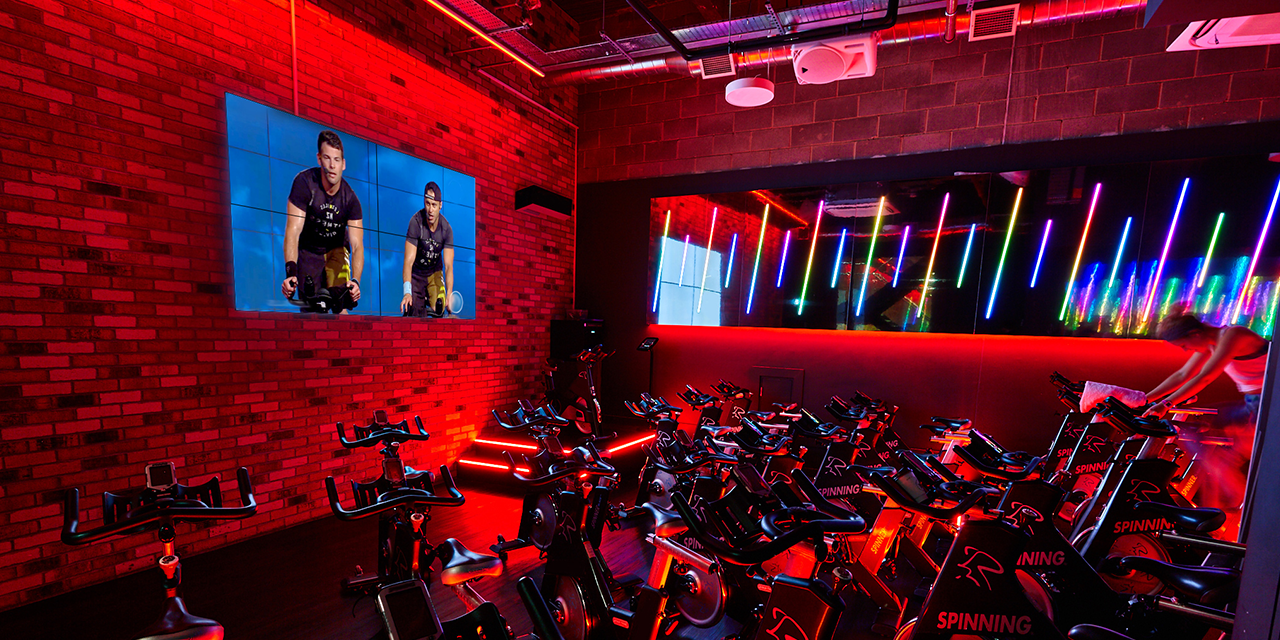
Meanwhile, you have the likes of Peloton, Nordic Track and Echelon serving the home market at different price points: Echelon now has a US$500 connected bike which we’re selling to the mass market through retail channels. I’m not saying everyone can afford that, but it does bring us into the Christmas present price bracket for many. Wallmart has ordered an astonishing number of bikes for Q4 and, provided sales go as it expects, it will do the same for Q1. We’re selling the bikes as fast as we can make them.
Lee Smith
Distributor, BODY BIKE + Les Mills – Australia
The home market has gone crazy in Australia and New Zealand and people are putting good money into it. They’re buying the same commercial brands for their homes as they use in-club, so their remote experience feels the same as in-person classes.
So, the hybrid model is here to stay, but I see it being turned on its head, with at-home influencing in-club. Take A STATE OF RIDE (fondly known as ASOR) founder Matty Clarke. He currently offers live streamed, interactive classes every Friday night, as well as Tuesdays mid-morning to give people in other parts of the world a night-time experience, and is building a strong network of fans. Instructors can already license his programmes, but the long-term will likely see his content on studio big screens for a true rock concert experience in-club.
I also think clubs’ programming will be shaped by home workout behaviours. Online provides great usage data: we know what people are choosing to do and it’s shorter, mix and match workouts. I foresee clubs offering more fusion classes: cycling and HIIT, cycling and yoga, cycling and boxing.
clubs must maximise the virtual experience. why leave members to their own devices and just hope they enjoy it?
Experience is key to the future of indoor cycling; Les Mills has already shown this with its immersive TRIP classes. Matty does similar using music: the workout is just a by-product of being there. What you go for is the vibe and the community he builds through his multi-media approach, with personal shout-outs, real-time engagement during broadcasts and follow-ups on social media.
In fact, I think music will become ever-more focal in indoor cycling, with musicians specially commissioned to create brilliant tracks. When you’re on a bike, you aren’t moving around the room. You have people’s attention and the music really matters.
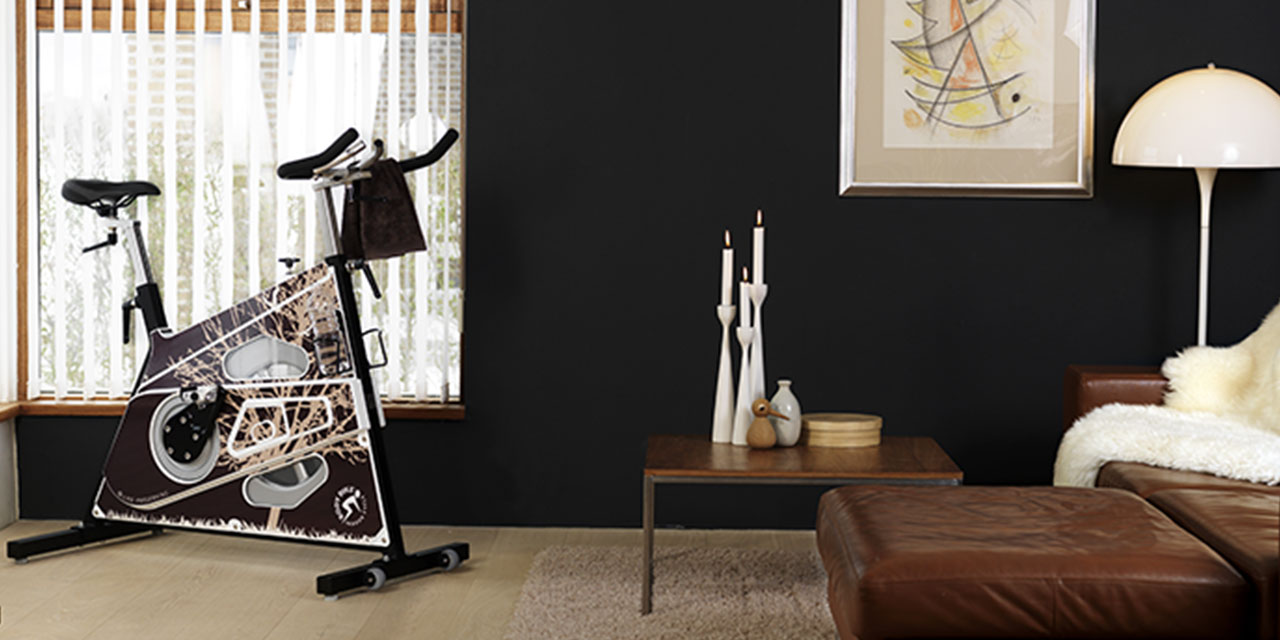
People will return to gyms: in October, a Mindbody report found 71 per cent of Australians are keen to do so. I think we’ll see more virtual classes, though, even at boutiques. One high-end boutique we’re working with in Perth, WA, is planning a 10m x 3m LED screen. It will be an incredible backdrop for live classes and will ensure the off-peak experience is also excellent: a life-sized, world-leading instructor on-screen, with all other premium touchpoints across the studio exactly the same.
Some virtual classes will also be hosted by a team member, and this is key as more classes become virtual: clubs must do more to maximise the virtual experience. Why leave members to their own devices and just hope they enjoy it? Have a team member in there to make sure they do, easing people in, energising the room, leading by example…
Another trend in-club: fewer, but higher spec, bikes in studios. This process was sparked by social distancing, but even as restrictions ease, studios are choosing to keep fewer bikes for busier, buzzing classes. We’re fully behind this. We’d rather sell people the right number of the right bikes, which generally means more tech-enabled models.
Speaking of tech, a final point: I see complementary technology becoming even smarter. If you could have a tech-free indoor cycling bike at home but still get all your data – as Zwift has done for road bikes – it would make a high-quality home set-up even more affordable.
@bodybikeaus
@bodybikeinternational
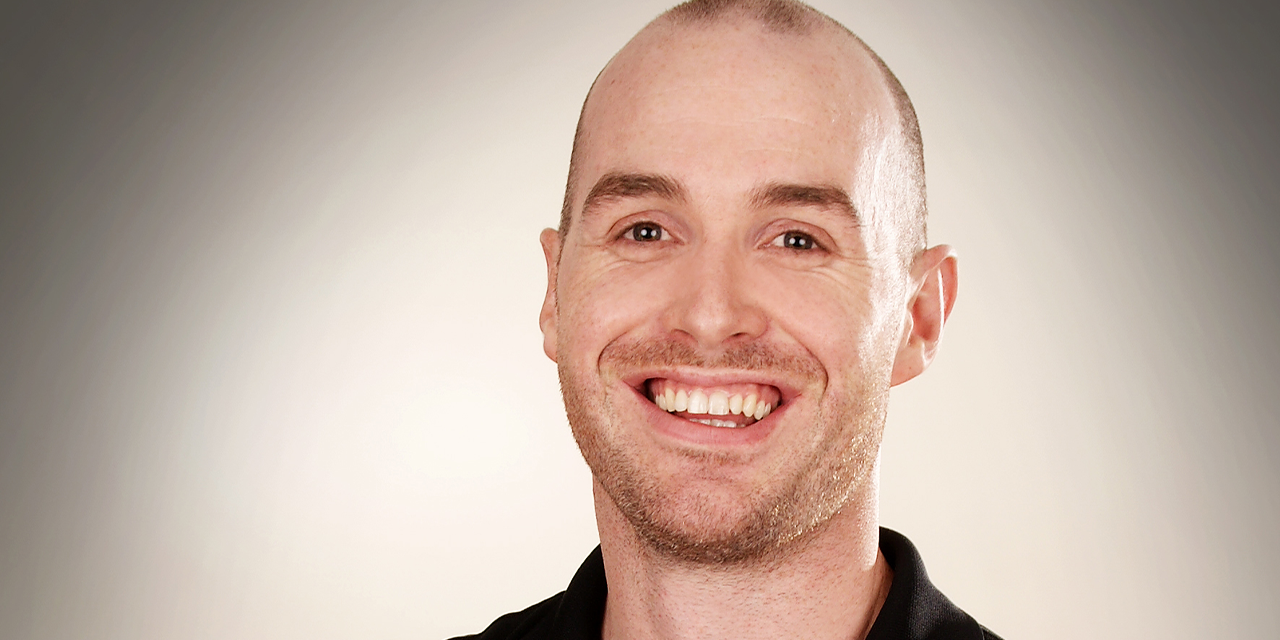 Doyle Armstrong
Doyle Armstrong
International master trainer, Team ICG / Former ICG programme director EMEA
Indoor cycling has already changed dramatically over the last five years: the introduction of power training as standard and the advent of interactive digital systems have changed the game forever. Gone are the days of riding a few rickety bikes in a spare room in the building with a cheap disco light for entertainment (if you were lucky). Now we have fully immersive cinema screens, high specification sound, digitised synchronised lighting and plethora of programmes appealing to every type of customer.
The issue with the explosion of formats within the sector has been two-fold. Firstly, the majority of basic indoor cycling certifications simply don’t cover the underpinning knowledge now required to deliver a large portion of the available programming. Secondly, operators themselves have struggled to define what programmes they should offer, often opting for a ‘use-it-all-at-once’ tactic which comes across as messy and disorganised, doing nothing to push the quality of the sector forward.
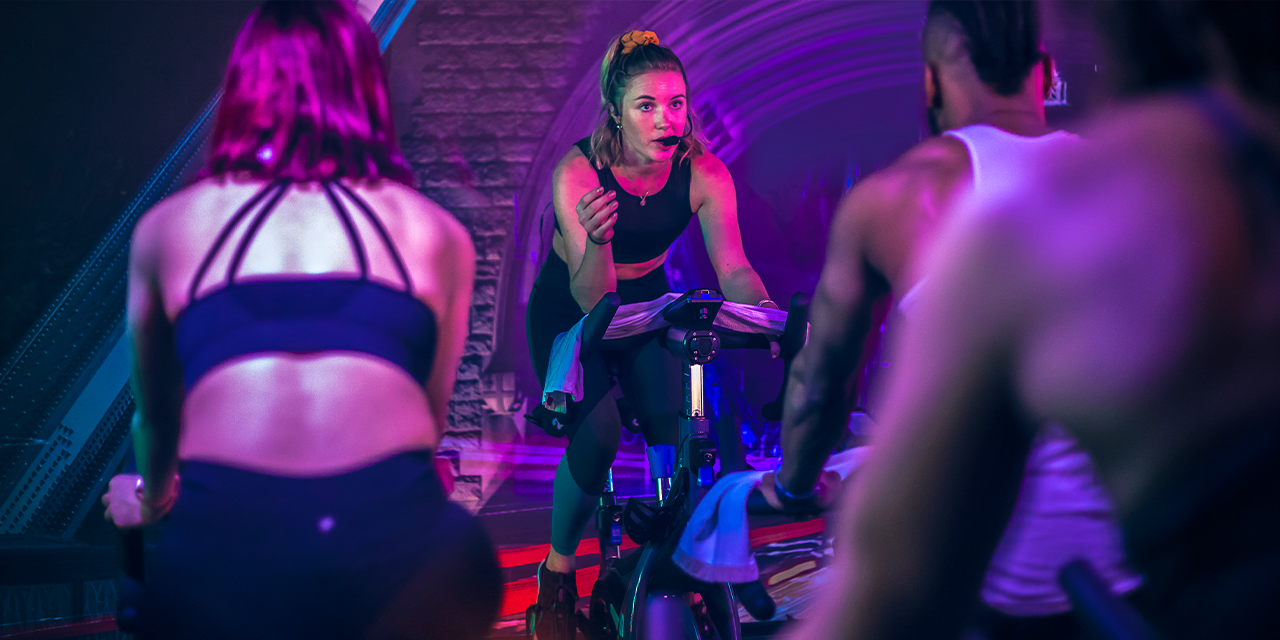
I firmly believe the future of indoor cycling is in the hands of the operators. Manufacturers have already shown their ability to drive the sector forward at speed: education, power training, connected interactive solutions, product-based programming, deeply immersive video solutions, app connectivity… Those responsible for actually delivering the experiences now need to step up and catch up.
Operators must define their programmes to suit their members, concisely package them, deliver them well and develop their team for excellence: proper auditioning, frequent CPD, setting a higher bar in terms of the qualifications they will accept.
The next five years will see operators take greater and greater accountability and responsibility for their own programmes and their successes. Large chain operators have already begun to remove pre-choreographed, off-the-shelf offerings in favour of bespoke in-house programmes reflective of their members and their values.
As operators continue to look more deeply at their indoor cycling offering, hopefully their feedback will also be the much-needed catalyst that prompts education providers to update their indoor cycling qualifications, bringing them in-line with the demands of today’s programming.
Exposed to the world’s great coaches via online platforms, consumer expectations are rising fast
I also expect operators to begin looking hard at how they can capitalise on the growing at-home market currently being cornered by Peloton. Once operators have clearly defined their programmes, I’d expect to see agreements being struck with manufacturers to provide customers with appropriate hardware (matching that used in-club) so they can experience interactive programmes at home on the days or times they can’t make it to class.
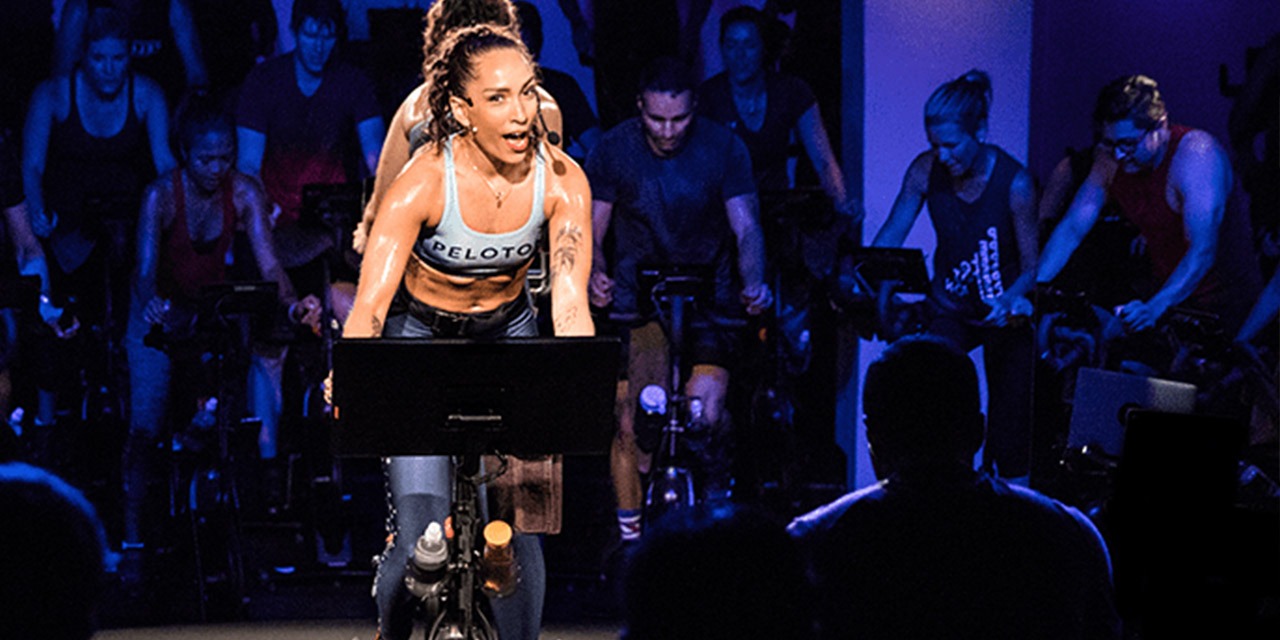
From a manufacturer perspective, I expect further enhancements of the digital offering: greater features, simpler connectivity, a stronger focus on the development of operator-specific in-house programming that reflects the full capabilities of the available systems.
Finally, a word on the instructors themselves. Exposed to the world’s great coaches via online platforms, consumer expectations are rising fast. People are now looking for high quality, knowledgeable instructors with a clear passion for indoor cycling, music and movement. Perhaps the next few years will see the demise of the journeyman ‘fitness’ instructor who teaches indoor cycling on the side, and the advent of the expert indoor cycling coach who delivers unforgettable experiences both in-club and online.
@newarkcyclecoaching
@elementsgroupfitness
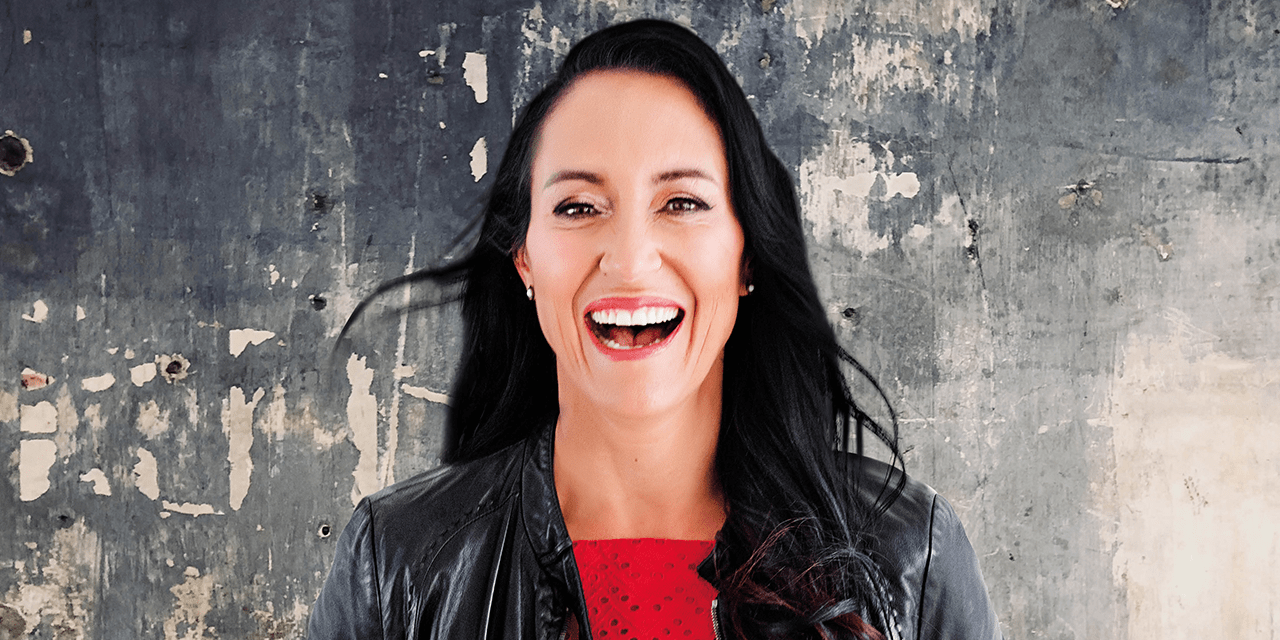 Emma Barry
Emma Barry
Global fitness authority, bestselling author, speaker & mentor
Hear from Emma on…
- Why cycling is the new Fortnite for adults.
- How the science of outdoor cycling will move indoors.
- Why cycling will be a big part not just of fitness, but of health.
- Why eyewear that alters reality is a great match for cycling.
- How mind-blowing entertainment will transform indoor cycling.
- What instructors need to do to stay on-pace.
- Why indoor cycling classes are unquestionably here to stay.
Entertainment will get really good. we’re on a bike, in the dark, going nowhere. What a blank canvas!
Bryan O’Rourke
Fitness technologist & futurist
In-club, in-studio environments will see some interesting evolutions in 2021 and beyond, as digital cycling experiences continue to advance.
Bikes will incorporate more experiental features to coincide with the visual and audio riding experience
- Larger, cheaper video screens and video laser projection systems will become more commonplace, facilitating the delivery of ever-more customised immersive cycling experiences at a price tag more clubs can afford. Think Les Mills TRIP, but even more customisable. All four walls, and even the floors in some environments, will make the ride even more dramatic and fun. More info here and here.
- AI platforms will drive content production – not only visuals but also music. The result: further customisation of ride experiences which evolve and improve based on direct data feedback from riders. This personalisation of group riding experiences will be an exceptional differentiator for certain operators, and new AI tools will make this even more accessible. Indeed, some AI platforms already do this sort of thing. For an exciting glimpse of the AI future, this article is well worth a read.
- Gamification of the experience will become more interesting and engaging for members. The projection of data on-screen, the creation of virtual cycling games, in-ear feedback from new high-end earbuds that can integrate ambient sound (Apple’s products are already doing this), augmented reality or mixed reality glasses providing interactions and feedback… All of this will become part of more immersive, fun experiences.
- Bikes will incorporate more experiential features, including tactile feedback in the handlebars, vibration, and automated climb/descent functions to coincide with the visual and audio riding experience. These features will be customisable based on the ride and the rider’s profile.
- The ability to take the in-studio/in-club ride experience home will grow as streaming and VR technology such as the Oculus Quest 2 – out now – are more widely adopted. This platform, and those like it, will become the norm as the size of the technology continues to shrink and the power of its processing continues to expand. Remote participation in live, in-studio classes will become incredibly realistic thanks to VR, while AI-created playlists and rides will mean members can take their experiences anywhere if bricks and mortar brands want them to. Members could also be offered pure digital, gamified experiences, which will become even more engaging as AR (augmented reality) really begins to make its mark – the next huge platform according to the likes of Google, Apple and Facebook via Oculus.
AR cycling experiences will become significant for at-home use in the next five years

All of which brings us to the out-of-club environment, where new ‘ODAVAD’ (on-demand anywhere virtual anytime digital fitness) cycling experiences for the home and on-the-go market will emerge in the next five years.
AR experiences for cycling – or indeed any fitness programme – will become significant for at-home use in the next five years. In fact, this type of technology is already here and available on the Oculus Quest 2 platform. Supernatural, for example, offers a variety of programmes that are gamified and great fun, led by coaches and shot in beautiful environments. The cost? Just US$19 a month, or as low as US$15 per month with a year’s subscription. Anyone who questions the viability of such fitness experiences will truly change their minds after just one use of this platform.
The ability to enjoy pure digital experiences on a bike at home – either solo or alongside others in a live virtual experience, with gamification components and more – are going to be more prevalent. Such experiences are already out there through the likes of Zwift and Rouvy, with the latter offering real cycling courses (think Tour de France) and the option to compete in live streamed events.
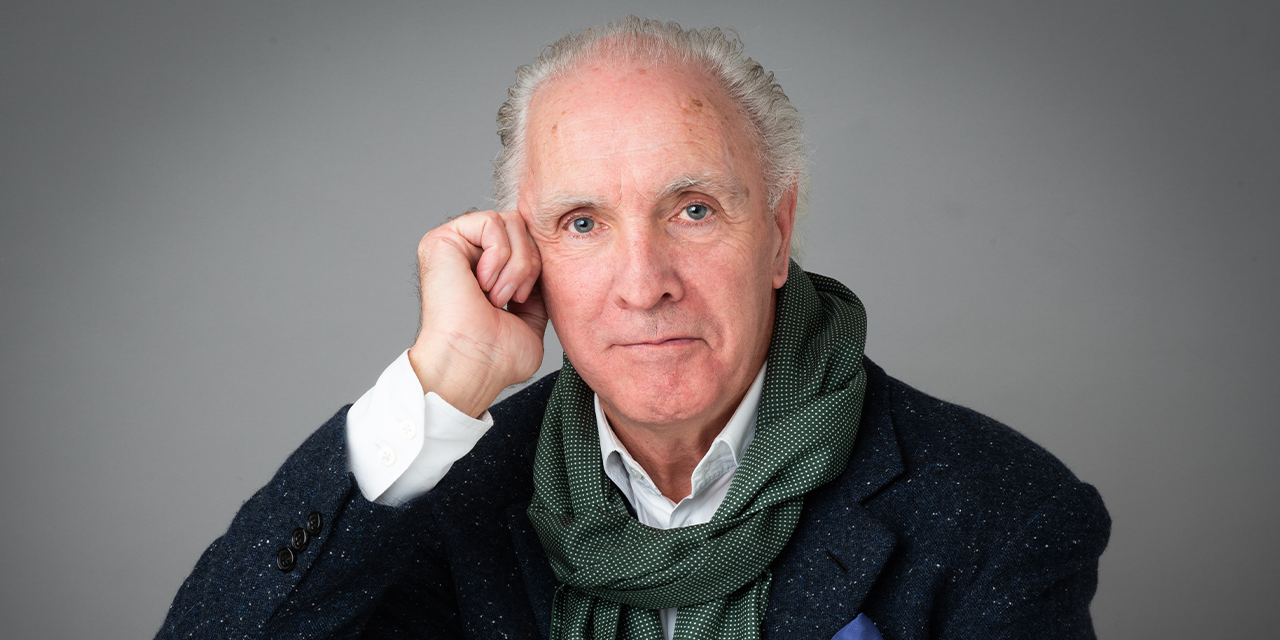 David Minton
David Minton
Director, TLDC – UK
No matter how you spin it, 2021 will be a great year for cyclists: the year of hybrid, technology-enabled fitness.
My favourite example over the past few months: leave home on my Brompton bike, cycle via the park and cycle super-highways to H2 Victoria, walk up to the roof for an outdoor spinning class with workout data sent to my app. Then pick up Brompton and cycle home, Apple Watch provides more data.
For others, hybrid means a home bike to complement in-club classes, with Peloton leading the way: 3.1 million subscribers by the end of June 2020, workouts up 75 per cent since January, Q2 20 revenue up 172 per cent year-on-year, a 355 per cent increase in market cap. A COVID winner, it must nevertheless keep pedalling to maintain growth and stay one step ahead of the growing range of cheaper players, from Apex to Echelon. My view: Peloton will have to move into health and wellness programming, plus smart watches or monitors so it can offer even more feedback. The more expensive Bike+ gives an indication that even more hardware (and software) is in development.
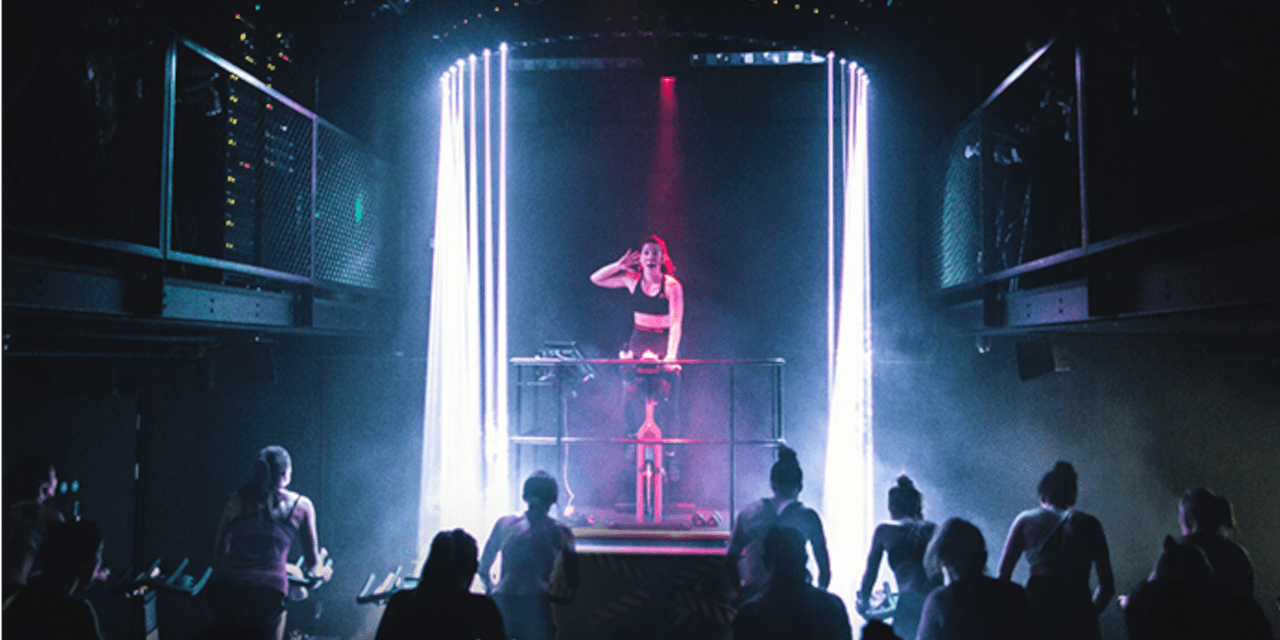
studios still hold a trump card: an emotional and intelligent connection to the consumer
Because competition will only increase, with the legacy fitness equipment suppliers now playing catch-up: Technogym’s collaboration with 1Rebel in London and Revolution in Milan; BODY BIKE’s on-demand partnership with Wexer and new SWITCH bike; the Les Mills Virtual bike. Expect more in this vein.
Boutique operators are getting in on the act, too, in a COVID-inspired but now longer-term hybrid strategy. FIRST:MOVES has launched its own bike, accompanied by a range of live and on-demand classes direct from its London studio. Digme has an option to rent or buy a Keiser bike and ride in live classes via its new app. Psycle offers an at-home service and will sell you a Stages bike, plus additional workouts for barre, strength and yoga. And, of course, the SoulCycle home bike launched just as COVID hit.
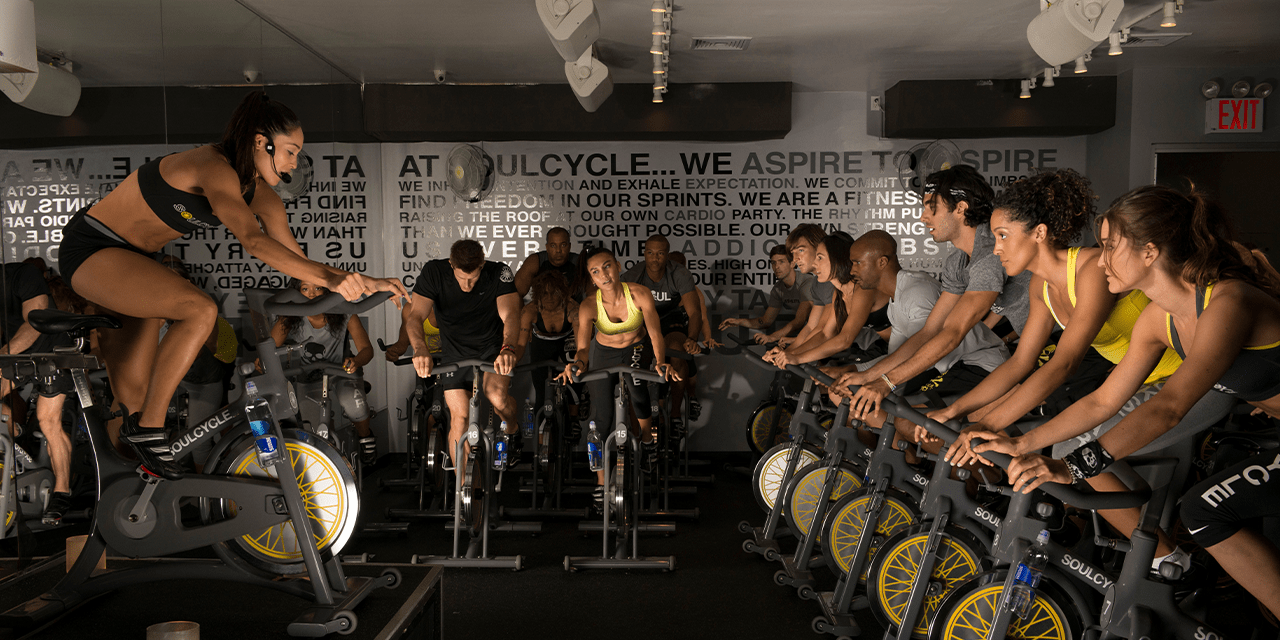
Finally, the home cycling picture wouldn’t be complete without a nod to esports and gamification, where Zwift commands a dominant position: 2.5 million accounts across 190 countries, a growth rate of over 200 per cent per month during lockdown, US$450m in new funding. As the main sponsor of the Tour de France on ITV4, it hosted a virtual Tour that saw pro cyclists compete. In December, it hosted the platform for the inaugural UCI Cycling Esports World Championships. Zwift, and esports more broadly, will continue to grow.
Yet all that said, boutiques and cool indoor cycling studios hold a trump card: an emotional and intelligent connection to the consumer. Peloton has the best combination of hardware and software I’ve tried so far, the UCI Esports Everest Challenge was fantastic, BODY BIKE on-demand’s Ride the World Valley of Fire Challenge – yes! But ultimately the setting, music, gangster instructors and connection with the grupetto will keep drawing me back to the studio. The future is hybrid, not digital-only.
Changing the world, one smile at a time
As creator of the J METHOD, fitness influencer Jennifer Jacobs had already spent years helping individuals of all ages to reach their fitness goals, improve their movement, find balance, optimise their nutrition and think positively.
But her desire to be an agent of change took her a step further still when she became involved with Smile Train, the world’s largest cleft charity (see ‘The power of a smile’).
When Jacobs heard how children living with a cleft struggle to eat, breathe and speak – and that 90 per cent will die before the age of 19 without treatment – she contacted Smile Train to find out how she could help. In 2019, those conversations led to her travelling to Mexico, where she met with some of the local healthcare workers who provide free cleft treatment and care in their own communities.
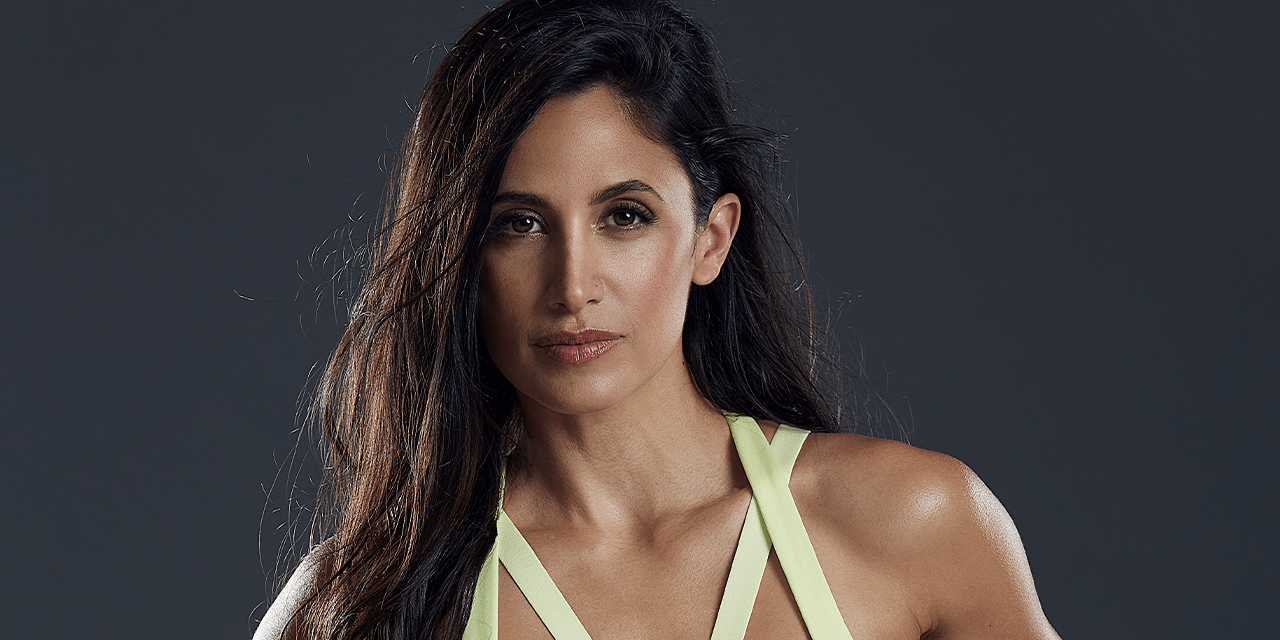
“each beautiful smile on those children’s faces changed my life forever” – Jennifer Jacobs
She also met with patients and saw for herself how the care facilitated by Smile Train was capable of changing lives. She explains: “As a mother, I could only imagine a situation where the one you love the most needs help, but you don’t know where to go or what to even ask. You feel absolutely helpless. You feel like there is no hope.
“My trip to Mexico showed me how Smile Train provides that hope. Each beautiful smile on those children’s faces changed my life forever.”

From live to virtual
On her return to the US, Jacobs inspired her 140,000+ social media followers to get involved, and together they raised enough money to fund almost 60 life-saving cleft surgeries. But Jacobs wanted to go further and, at the beginning of 2020, started working with Smile Train to plan the first-ever RIDE for Smile Train – a two-day signature event that was scheduled to take place in Arizona in November.
59,373 people completed the strava challenge, using indoor bikes and cycling on local roads
Then COVID hit. As the pandemic dragged into summer, it was obvious an in-person event was no longer a viable option. RIDE for Smile Train: Home Edition was born.
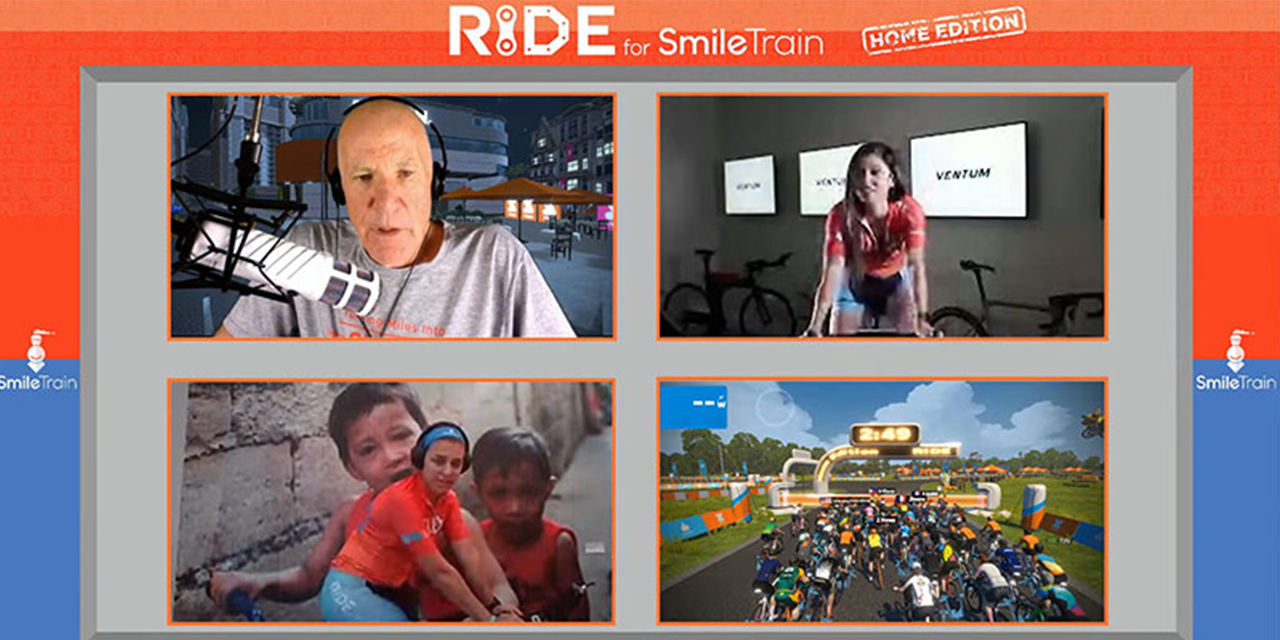
The fundraising event kicked off with the Miles for Smiles Strava challenge, which took place over the week of 1–7 November 2020. Participants were challenged to record 250 minutes of activity on the fitness platform – alluding to the fact that US$250 can cover the cost of one life-saving cleft surgery – with Jacobs curating daily workouts to motivate those taking part.
The Strava challenge was then followed, on 14 November, by a live broadcast across Smile Train’s social media channels, where Jacobs led participants on a virtual group cycling workout. By harnessing the power of the Zwift platform, cyclists around the world were able to “ride together”.
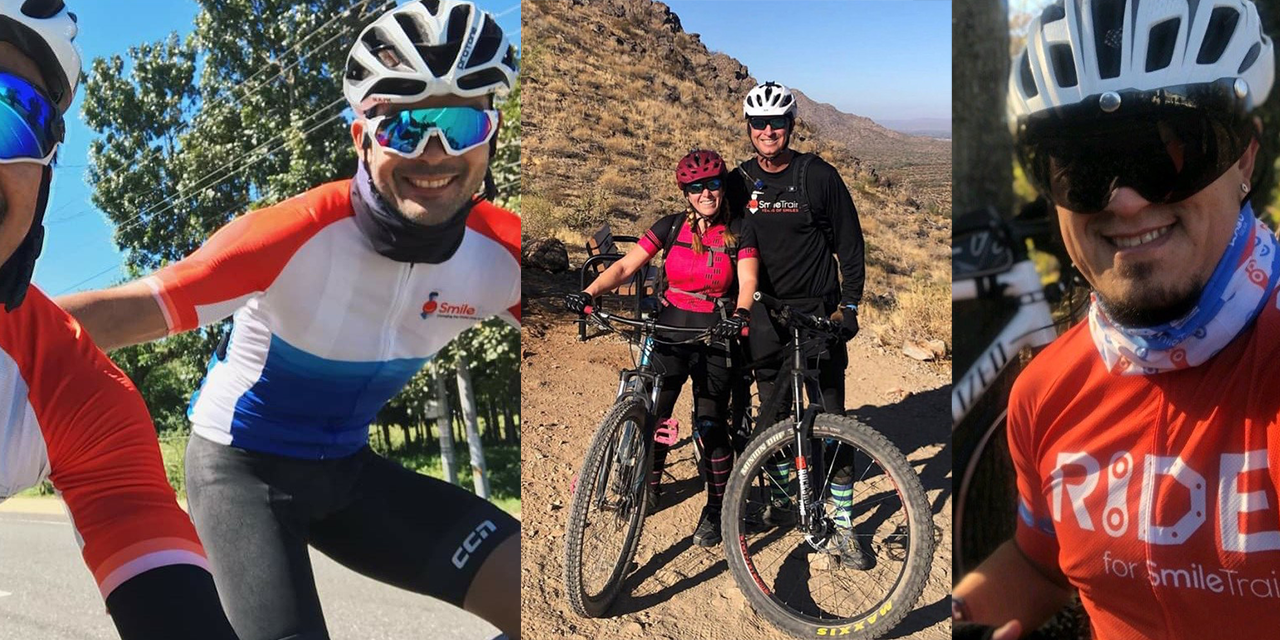
Reports from Strava showed huge interest in the event, with 93,701 total participants and an impressive 59,373 completing the challenge, both using indoor bikes at home and cycling on roads around their local communities.
“For every one of us, it was such a huge motivation to know we were raising money that would give children a chance to live their best lives,” says Jacobs.
And raise money they certainly did. The grand total? An impressive US$66,800.
To find out more about Smile Train
@strava
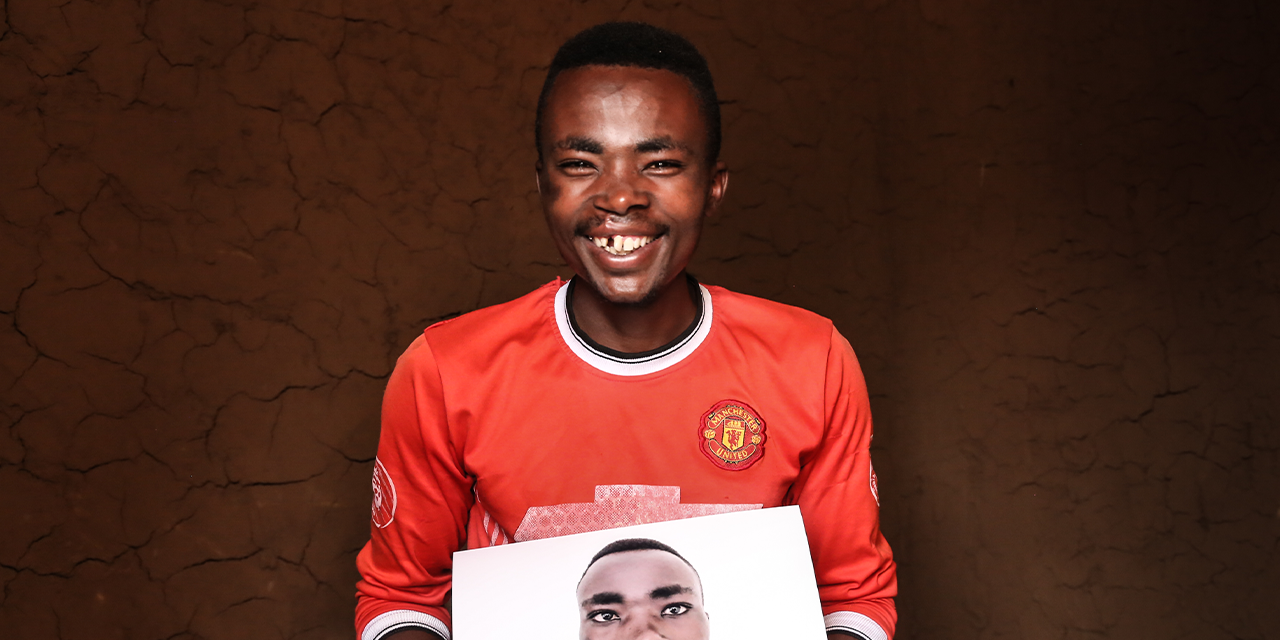
The power of a smile
Smile Train is an international children’s charity with a sustainable approach to a single, solvable problem: cleft lip and palate.
Every three minutes, somewhere in the world, a child is born with a cleft. Many of these children will go untreated and live in isolation, suffering severe problems with eating, breathing and speaking.
Smile Train is the largest cleft-focused organisation with a model of true sustainability: it provides training, funding and resources to empower local medical professionals in 70+ countries to provide free cleft surgery and comprehensive cleft care in their own communities.
To date, Smile Train has supported safe, high-quality cleft care for 1.5+ million children around the world. It will continue to do so “until every child in need with a cleft has access to the care they deserve”.
The future of trade events
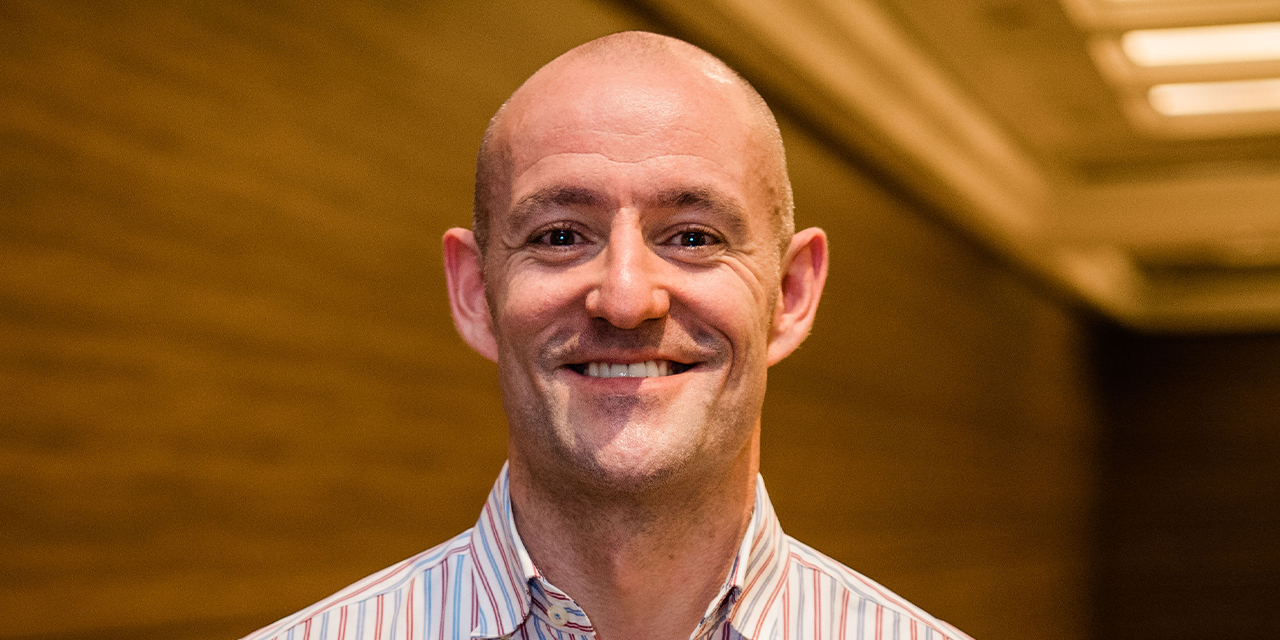
Ross Campbell
Founder and CEO, FIT Summit
COVID-19 has shaken the events industry to its core, decimating many key players and turning traditional business models on their heads.
We hosted six virtual events and one hybrid event in 2020: a live, in-person conference in Singapore in front of 200 executives, broadcast simultaneously online. Across these seven events, we served 10,000+ registered attendees from 50+ countries. Through COVID, our audiences grew from our traditional in-person conferences of 250–1,500 people to, now leveraging virtual, 2,000–3,000 delegates per event.
Like virtual fitness, virtual events are here to stay, but this isn’t a game everyone can or should play. Physical events will return – they already have in Asia-Pacific – but only a few event organisers have commercially viable virtual strategies and the teams to execute these.
webinars should be thrown on the fire, as should freemium events. get it right and people will pay for it.
Virtual event tech is in hot demand, but most platforms currently do not fully support the needs of event organisers: they have poor functionality and analytics, with sub-optimal networking tools and archaic features, especially around virtual expos. Event organisers in 2020 often picked the wrong platform, did little research/testing, misled partners and delivered sub-par events.
Webinars should be thrown on the fire, as should freemium events. Our sponsors and delegates are now conditioned to pay for high-quality virtual events and the flight to quality is real. They expect incredible content in a variety of formats and without technical difficulties. Content must be easily accessible, delivered through an intuitive and engaging platform and, post-event, immediately available on-demand.
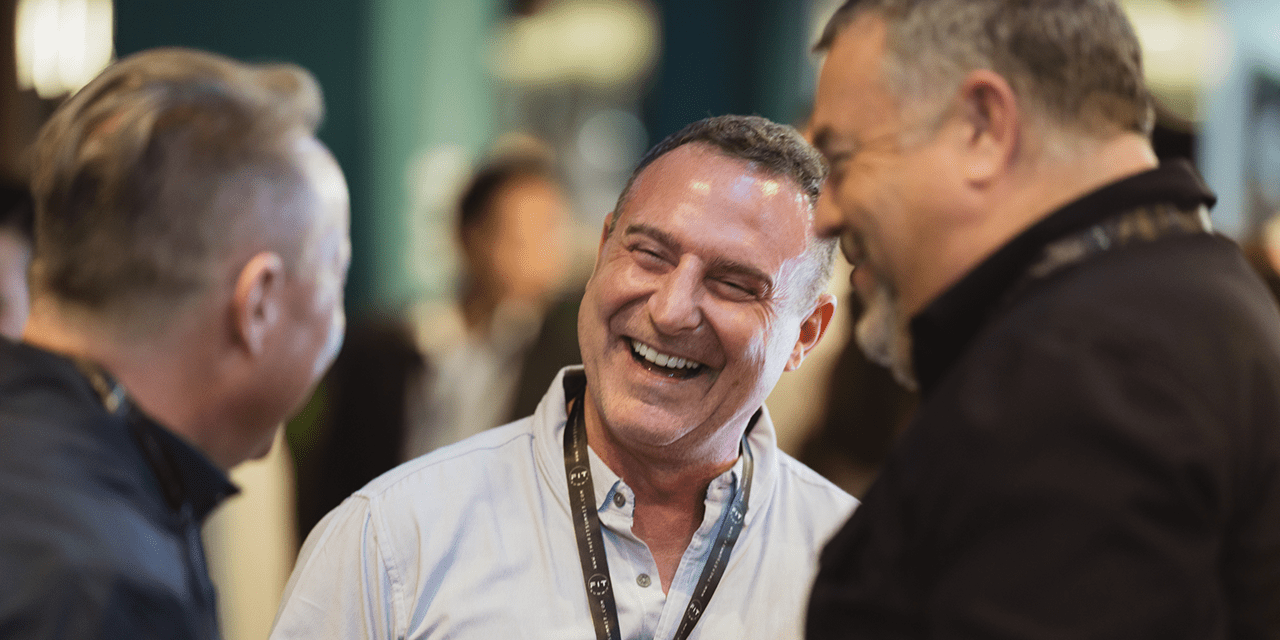
Virtual delegates crave interaction, connectivity and fun – a true experience. They do not want a vast multi-day event with multiple streams (who wants 60+ hours of content?), nor do they want sell-side-heavy agendas.
Get it right and people will pay for it, so why offer it for free?
Through trial and error, we’ve found a formula that works. Content (and its delivery) is king. We’ve enjoyed success because we invested heavily, trained our staff, switched our business model and worked with our partners every step of the way, through good and bad.
So, what will 2021 hold for fitness event organisers?
- The future is not virtual. It’s hybrid.
- We need multiple content channels, more effective networking tools and more engaging virtual expo floors.
- We must consider the amalgamation of various platforms and apps to deliver the overall benefits our attendees and sponsors expect.
- We must produce shorter, sharper, aesthetically pleasing content that can be amplified quickly and exponentially post-event, ideally not behind a guarded paywall.
- We have to understand how suppliers and sponsors now analyse ROI on events – i.e. the metrics and analytics of delegate profiles, lead generation, number of connections – and change our value proposition to meet these.
- We need to deliver meeting connections directly through email/WhatsApp/Zoom, not through event apps which have poor engagement records.
- Like clubs, we need to re-map our customer journeys for attendees online and in-person. Make it fun, make it engaging, make it purposeful.
- Finally, we need to regain the trust and confidence of our sponsors that we can deliver on our (marketing and business development) commitments to them, irrespective of virtual or hybrid formats.
We believe a hybrid model for trade events allows us to deliver more value to more people across the world, and ultimately make more businesses and consumers happier and healthier. We must continue to invest and innovate to take advantage of the opportunities this new hybrid world offers us.

David Stalker
President, EuropeActive
I don’t want them to go back to how they were. There, I said it. We have been forced to adapt. With that comes the opportunity to start over and do better. Yes, we’ve had teething problems as hosts and attendees, but excellence comes with experience.
How the future of trade shows is shaped depends entirely on whether we – as individuals, representatives, businesses and an industry – are willing to embrace positive change, to in turn bring about an evolutionary shift in what we can achieve.
Stepping backwards on our discovery of how to reach more people would be a serious missed opportunity
Among operators, the focus is now on omnichannel approaches and digital initiatives, sewing together bricks and mortar and virtual fitness experiences to benefit members. Why wouldn’t we apply the same incredible value-add for delegates of conferences and trade shows? There isn’t any shortage of technology to make these experiences incredible, and digital events such as the 2020 European Health and Fitness Forum (EHFF) and FIT Summit have proven how fast we can adapt.
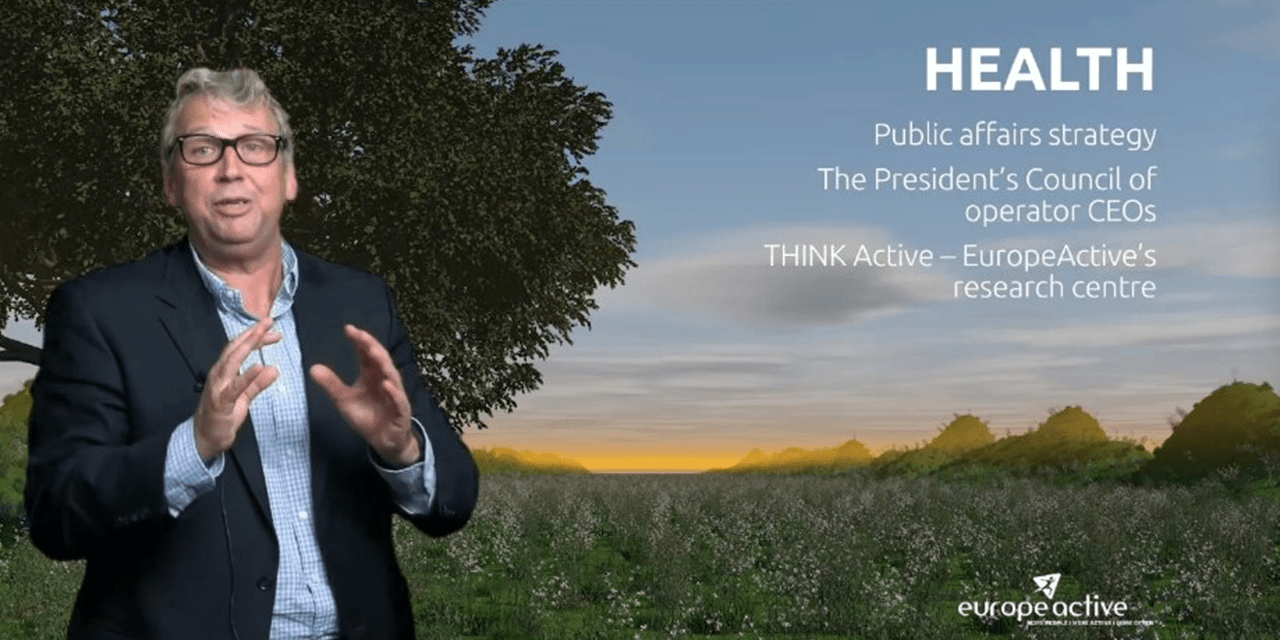
Hybrid events will save businesses money, as there’s less of an outlay for travel. On the business side, you can also reach a greater number of people, while as a customer, you can pick what you want to see at a time that suits you. And provided event organisers are flexible enough to adapt efficiently and smoothly, there’s also less of a chance that big exhibitors will cancel completely due to the unseen.
we are well-versed in creating a safe environment. i don’t believe it would be any different at a trade show than in a gym.
Looking forward, as a partner of FIBO, EuropeActive has the opportunity to embrace two of its overarching priorities for the year ahead: digital and community. Whether that’s streaming online with others in attendance on-location, or dedicated green-screen presentations, stepping backwards on our discovery of how to reach more people would be a serious missed opportunity.
Having physical and digital running in tandem will mean that opportunities for networking and product experiences are still very much available for suppliers, even if numbers are restricted and physical distancing measures in place. Many suppliers already have fantastic scheduling for demonstrations, so these experiences can still be offered even if the attendees aren’t physically there in the same numbers.
I have no fear when it comes to the safety of showing off new product innovations. Despite closures worldwide, our sector has exceeded expectations under constant scrutiny, particularly on sanitisation standards. We are well-versed in creating a safe environment for anyone who comes through our doors, and I don’t believe it would be any different at a trade show than in a gym.
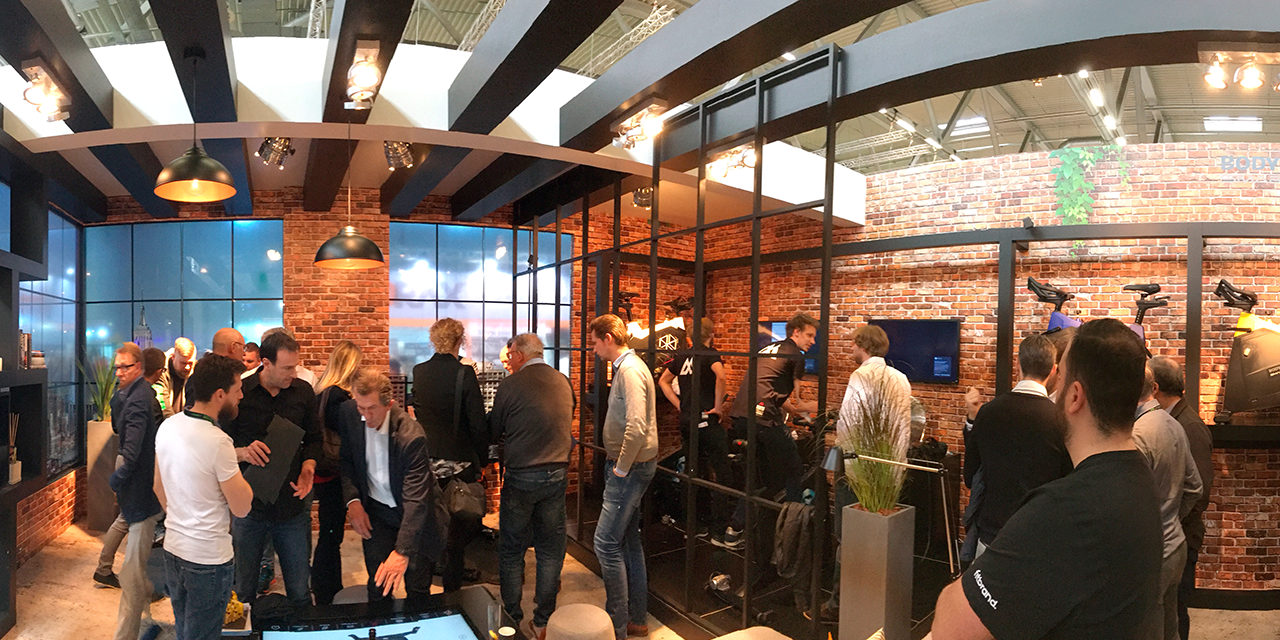
the only change is that we’re now forced to start focusing on how we act online instead of solely in-person
Flexibility is key to unlocking the next chapter in our great fitness and physical activity sector. The return on investment for events has not changed, but the way we measure that spend has. The better you make your digital experience – whether event or exhibitor – the better your engagement is going to be, and the better your leads will serve your business. When has that been different?
The only change is that now we’re forced to start focusing on how we act online instead of solely in-person. The leaders that don’t embrace these changes will get left behind, so let’s learn how to do it right and expand the market like never before.
Puk Lyng Thomsen
For how long have you been playing golf?
I’m now 22 years old and I started playing golf when I was seven years old. I was in the garden with my parents and took a couple of swings with a golf club. They looked at each other in a way that said “wow, that was really good!” A couple of weeks later, I started at the local golf course and just got more and more interested in the game.
At the age of 13, I was picked for the national team. It was still the junior team at that point, but I moved across to the ladies’ team before I turned 18.
Probably my biggest career highlight to date was competing in the World Championships in Mexico in 2016, when I came second individually and helped the Danish team secure fourth place.
I had the same operation as tiger woods. i find it helps people understand if i say that.
How did you get injured?
I started feeling pain in my back six years ago, but the specialists said I only needed to go back and see them if / when I started to feel pain in my leg. Apparently it’s a condition I could have had since I was born, or from a young age, and in most people it doesn’t develop too quickly. It might never have got to the point of leg pain.
Sadly, the condition progressed rapidly with me: by March 2019, while I was at college at Florida State University, I started to feel nerve pain in my leg. It’s hard to describe, but I couldn’t actually feel my leg: just a burning pain inside it. By summer of that year, the leg pain was so bad I couldn’t even feel my back pain any more.
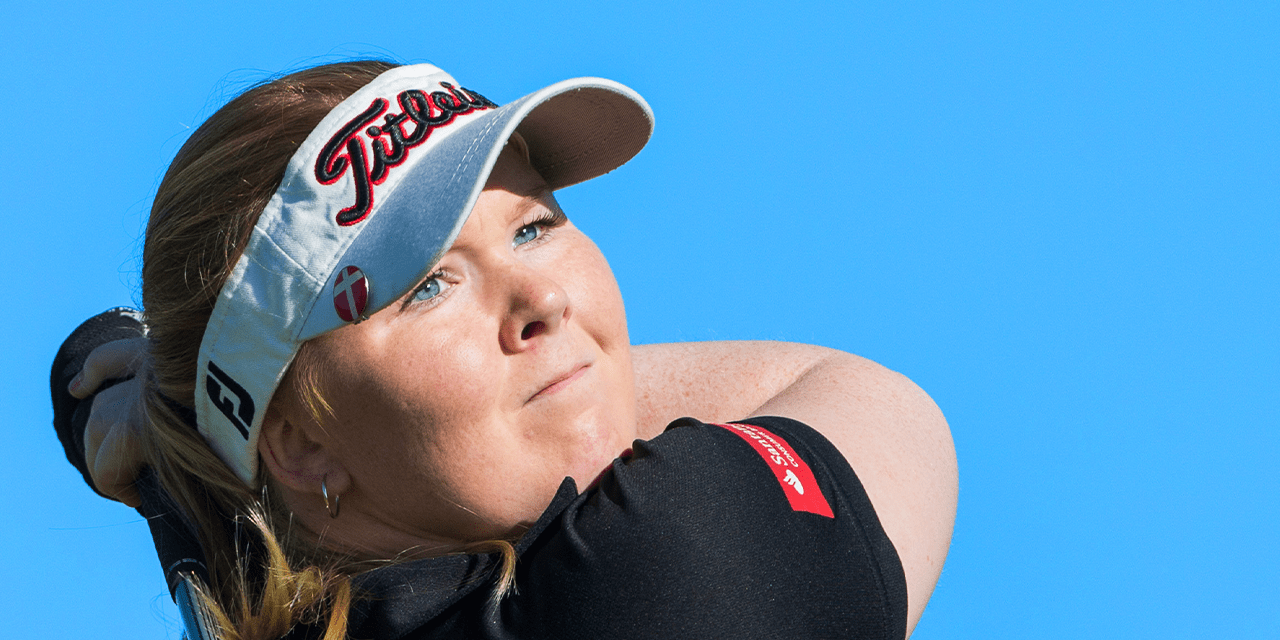
I’m on a full scholarship and I didn’t want to let the university down by being injured and unavailable to play, so I carried on playing. I also spent an hour to an hour and a half every day at the university’s rehab centre. They have great facilities there for the student athletes and I think that’s why I managed to keep going for as long as I did.
But ultimately the pain spread through my whole leg, hip to toe, and by May 2020 I couldn’t even walk. By this point I was back in Denmark, having flown home in March due to COVID.
I knew there was no way out of it: it was time to have an operation.
What did the operation involve?
I had the same operation as Tiger Woods – I find it helps people understand if I say that – so it wasn’t without risk and I was quite nervous about it.
The surgery was designed to stabilise the lower part of my back: L4, L5 and S1 for those who know their way around a spine. My L5 in particular had moved so far out of position – 21mm – that they had to stabilise it from both directions, putting screws in through my back and through my stomach.
they had to go in from both directions, putting screws through my back and through my stomach

How is your recovery going?
I had the operation on 30 June 2020 and, while we have to wait and see how it goes from here, so far it’s been 100 per cent successful.
My leg pain was totally gone the moment I woke up from the anaesthesia and my six-week check was also very positive: having initially been told I wouldn’t be able to start putting until three months after the op, in fact I was allowed to do small amounts after just six weeks, provided I felt no pain. I also started some easy rehab work to get some mobility into my back. A couple of weeks later, I started doing small chip shots around the green and now I’m up to 60m pitch shots. I can start full swings on 30 December.
Alongside all of this, I was keen to start rebuilding my fitness levels and I knew cycling – as a low-stress option for the body – would allow me to get my heart rate up far earlier than running would.
Very kindly, BODY BIKE gifted me an indoor bike to support my recovery. I started cycling as soon as I started rehab in mid-August and I’ve tried to cycle every day, even if just for 20 or 30 minutes. I’ve complemented that with some balance pad work, resistance band and Swiss ball exercises. I’m very happy to be able to do some simple workouts in the comfort of my own home to boost my recovery.
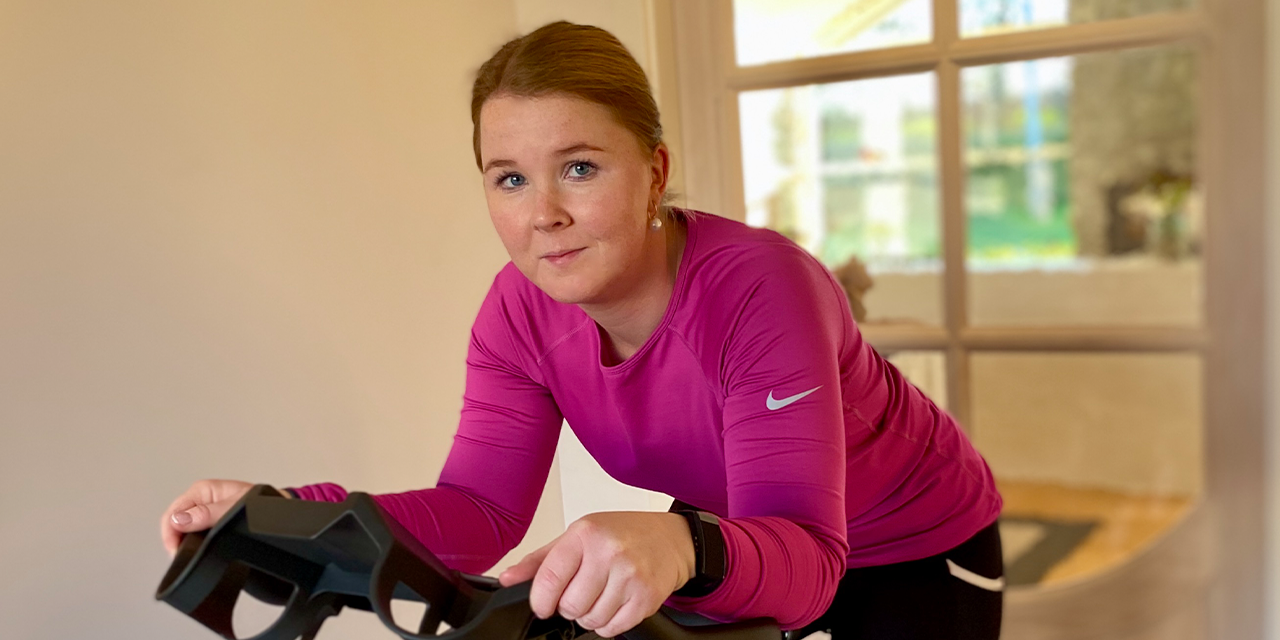
How important is cycling to your rehab?
It’s been a great way of optimising my recovery, building fitness in the early stages of my rehab while minimising the risk that something might go wrong.
It’s been great mentally, too, to get going before I slipped into a habit of not training. I feel like I’m in a better place already, back in an exercise routine, and that’s thanks to cycling.
my goal is to be ready to play by march 2021. it’s ambitious, but i think it’s possible.
It’s a mental boost too, and that also benefits my golf: the better shape I’m in, the easier I find it to focus on the course. I think it would have been much harder had I been trying to get fit at the same time as trying to properly focus on my game again.
Is cycling something you’ll continue to do once you’re fully recovered?
Absolutely. My physio told me many years ago that running wasn’t the best option for me, so I’ve always favoured cycling or cross-trainer workouts over running, just because they’re low-impact.
I will probably start going for a couple of runs a month when I’m fully recovered, as I did before, but I think – and this goes for everyone, not just me – it’s good to choose forms of exercise that protect your body and minimise risk of injury. We all want to be here for as long as possible, so we need to take care of our bodies.
I enjoy cycling, too, both indoors and outdoors: I do it because I like it, not because I have to. Golf has always been my ‘me time’ – a chance to clear my mind of the other stresses in my life and just focus on my game – but in fact, I’ve found cycling is giving me the same feeling. I can either sit on my bike and think the day through as I ride, or I can put my music in my ears and cycle as fast as I can!
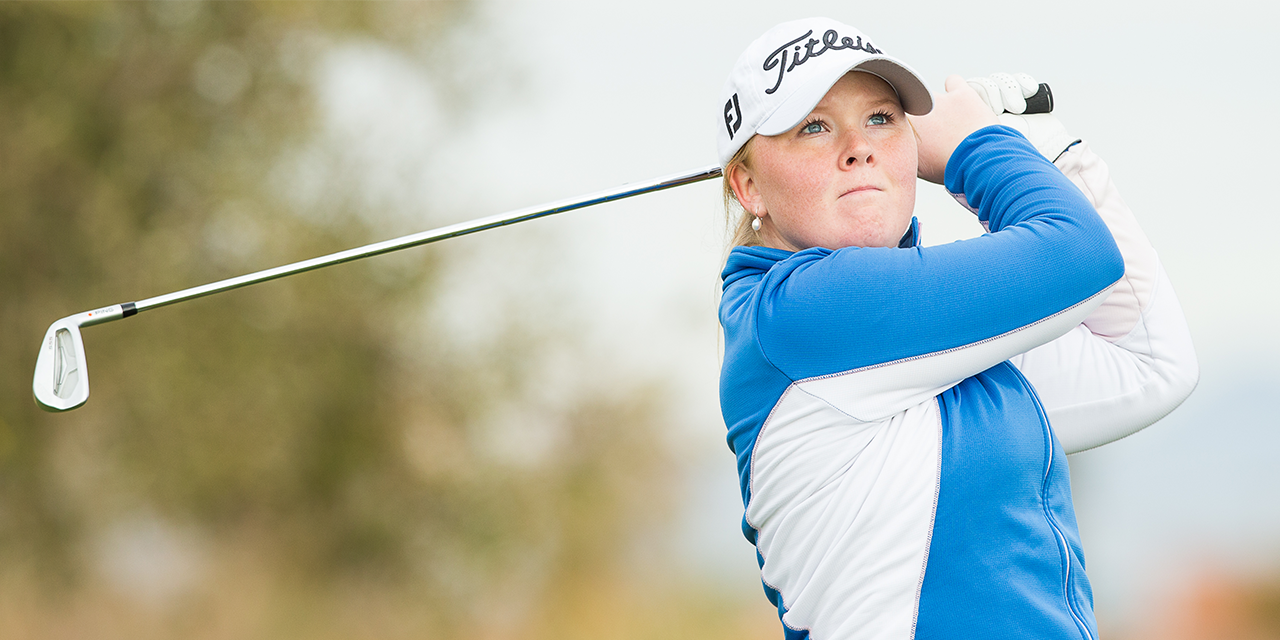
Will you recover fully?
The fact it was my lower back that was operated on, rather than up towards the shoulders, should mean my swing is less affected.
In fact, I used to rotate quite a lot in my swing: too much. It could even be that having my lower back pinned and stabilised is a good thing, reducing my rotation!
What are your goals now?
I don’t have a specific tournament in mind at this stage, but my goal is to be ready to play by March 2021. It’s ambitious, but I think it’s possible. I’m pretty stubborn: if I think there’s a chance, I’ll go for it. My ethos throughout this whole thing has been: ‘Where there’s a will, there’s a way.’
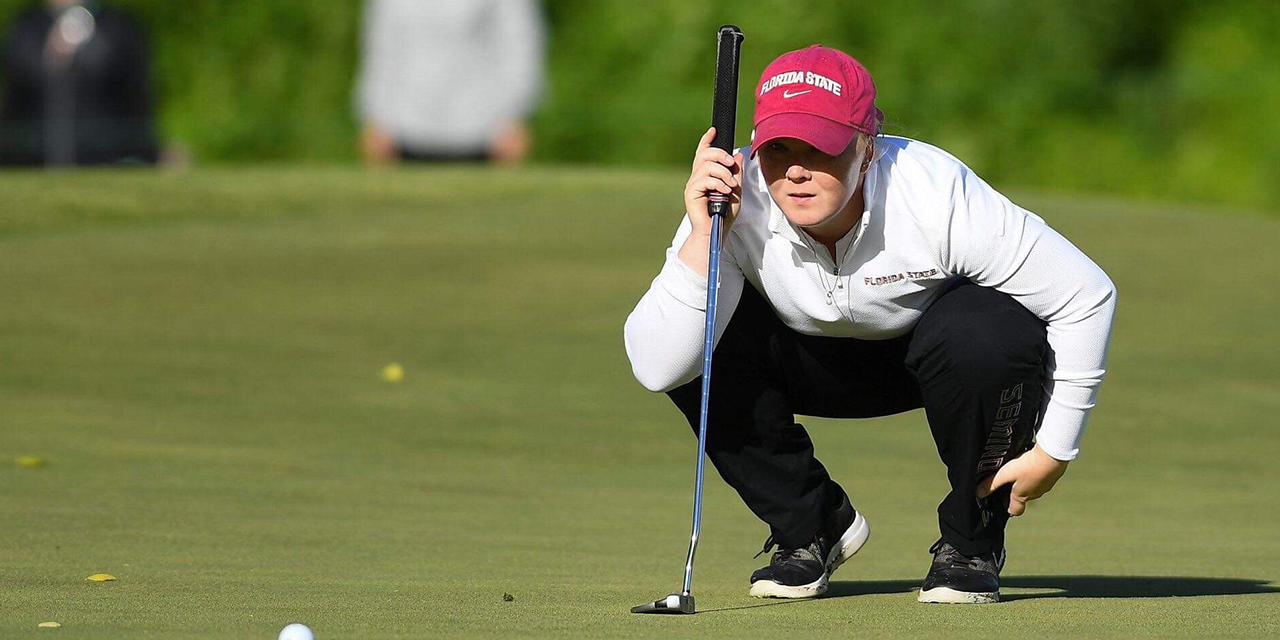
The three arenas of ACTIC
What is your role at ACTIC?
I joined ACTIC in April 2019, originally responsible just for the Swedish clubs. In September 2020, I took on responsibility for Norway and Germany too, becoming group training product manager for the whole group; we do also have clubs in Austria, but they don’t offer group training.
Given those dates, you’ll appreciate that a lot of my time in the role – in fact, with ACTIC in general – has been spent with projects on-hold due to COVID. Things haven’t moved on as far as I would have liked… yet!
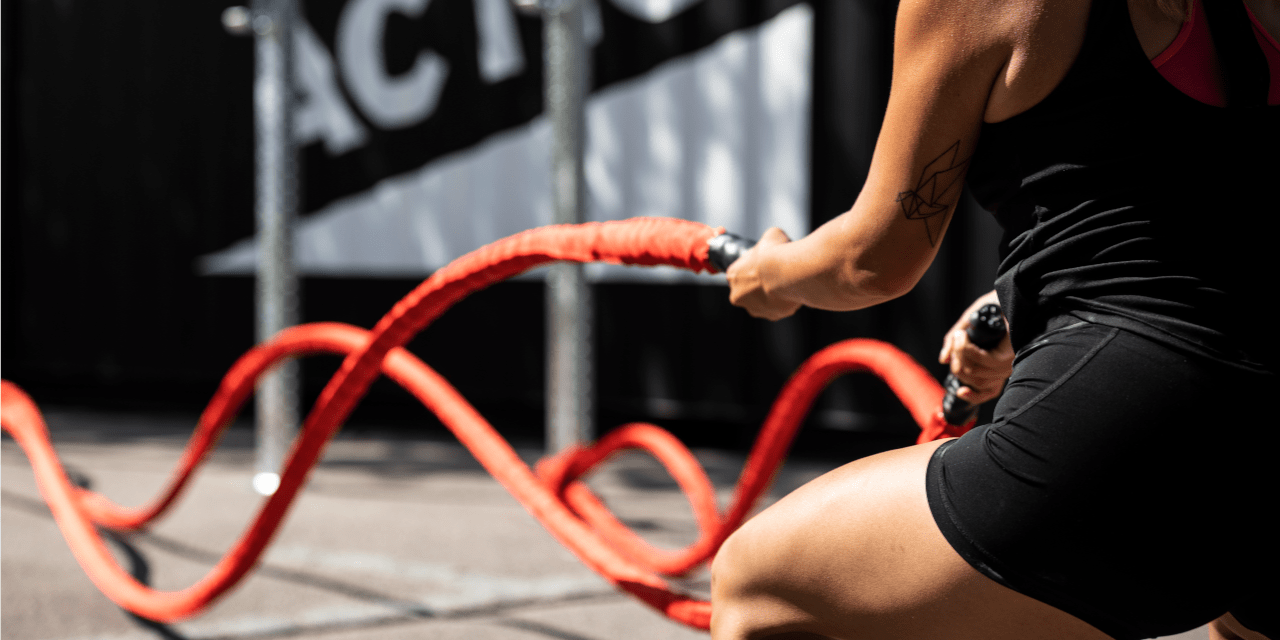
What have been the highlights so far?
We’ve already been working on a series of 11 concept classes. These are pre-choreographed class formats that we develop centrally, based on market trends and customer demand, and test in Sweden – where most of our clubs are – with a view to rolling successful programmes out across the estate.
We were also very quick to move online during COVID, especially when you consider that we didn’t offer any online training before. We took this a step further in December with the launch of a new ACTIC ANYWHERE app, designed to support our members with their gym-based and at-home workouts: it offers on-demand group exercise as well as workout plans – using bodyweight-only or equipment – where you can, for example, search by body part for your perfect workout.
we found those who already had an exercise habit wanted to get back into it
Initially driven by COVID, online fitness – and therefore the new app – is nevertheless something we’re excited about for the long term.
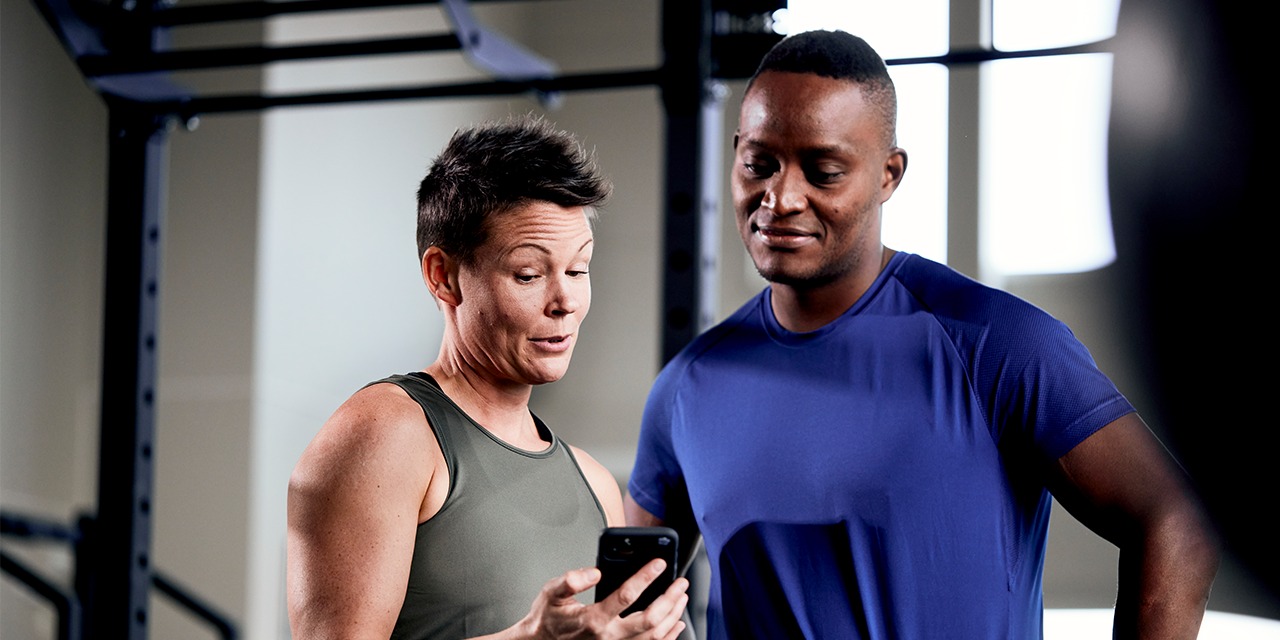
How hard were you hit by COVID?
In Sweden, other than a few locations with pools, we were able to keep our gyms open throughout the crisis, albeit with restrictions in place: social distancing, extensive cleaning, a 50 per cent reduction in class capacity and so on.
Things were tougher in Norway and Germany, where clubs were closed throughout the first lockdown and where, as we speak [interview conducted on 19 November 2020], many are once again closed.
Even in Sweden, though, there was a lot of uncertainty among the members at first. Some even cancelled their memberships, simply because they didn’t really understand what they were allowed to do.
We spent a lot of time speaking with other big operators in the market – SATS and Nordic Wellness, for example – to make sure we were all acting in the same way, so consumers had a sense of consistency from us.
By summer/autumn, members were returning. It wasn’t so much about brand new joiners – I’m not sure gym membership is the obvious first step for someone who was previously inactive – but we found those who already had an exercise habit wanted to get back into it.
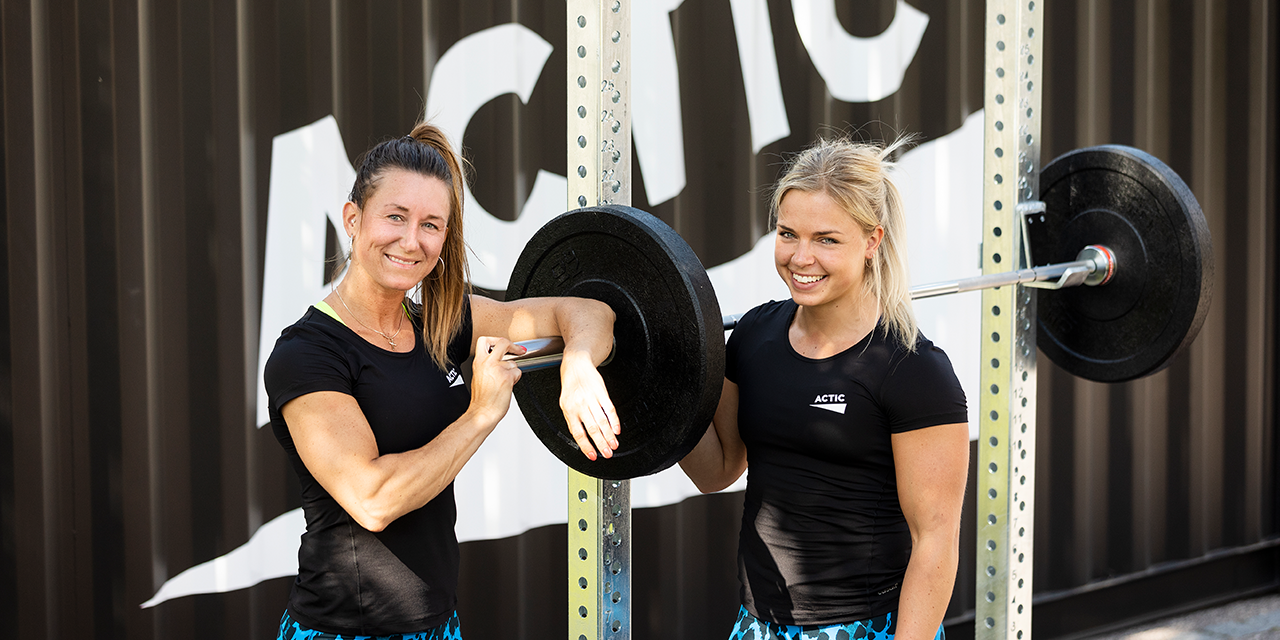
A 50 per cent reduction in class capacity, you say?
Yes, and as a result classes were very busy, averaging 86–87 per cent of max capacity. Across ACTIC, only 22 per cent of our members take part in group fitness – it’s something I’m keen to improve, getting more people involved – but they’re heavy users and classes were in high demand.
i see online as one of three actic ‘arenas’: indoor, online and outdoor. we won’t just be a gym any more.
In spite of the restrictions, we therefore tried to keep offering our members the things we knew were important to them. Some classes weren’t possible: classes with shared equipment; boxing classes involving work in pairs; all our senior classes, of which we usually offer a lot. That was tough for those members, because the classes provide their social contact as well as their fitness.
But generally, we offered what we could, with adaptations where needed: in our cycling classes, for example, we took away every other bike. Cycling has been quite good during social distancing, actually: members feel safe on their bike, because they know nobody can inch closer to them during class.
We also innovated, not only in online training as I’ve already mentioned, but also growing our outdoor programme. People really came to value their time outdoors during lockdown.
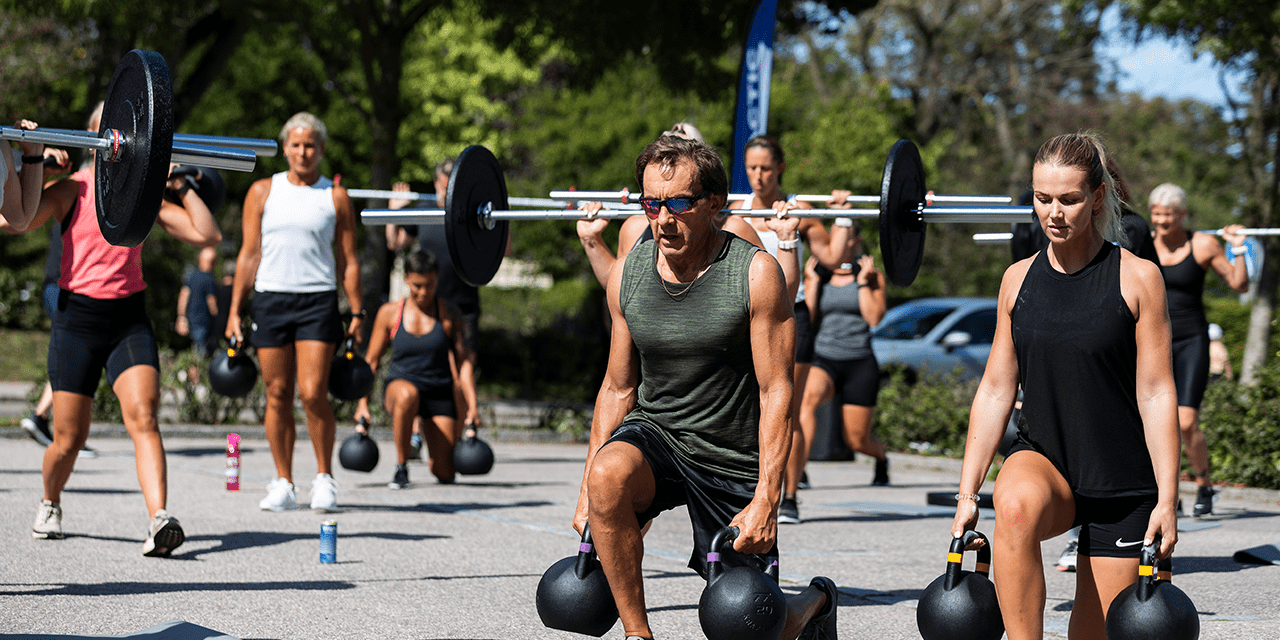
How do you see the app fitting into your long-term plans?
Online coaching is absolutely here to stay: people have already got used to the convenience of it.
Moving forward, I see online as one of three ACTIC ‘arenas’, all of which will be important to the overall member experience. We won’t just be a gym any more: we’ll have indoor (our club), online and outdoor.
Our outdoor offering is something we’ve already expanded during COVID, as I say, and we’re now looking to do even more of it, even better. We’re already exploring new concepts – outdoor group rides and a cycling club, for example – and we’re about to make an exciting announcement about the future of our outdoor group training. I wish I could tell you more now, but the news will be out soon!
What’s your group cycling offering like at the moment?
This is one of the areas I identified early on as something we can improve: at the moment, our cycling classes are essentially cycling choreography set to music, and I think we can do more to diversify the offering and bring new people into cycling.
As with all our plans, COVID has put this development work on-hold, but we’ve already created a high-intensity, 30-minute concept class called Explosive Ride. We started piloting it at a few sites in January 2020. Then COVID happened, so it hasn’t rolled out to the rest of our estate yet, but that’s something we’ll look to do in 2021.
Tell us more about your concept classes.
We have 1,300 instructors just in Sweden and it’s very important – to them and to the members – that they are allowed to inject their own style. I don’t want to take away their chance to be creative and don’t want every class on our timetable to be the same.
However, I was keen to create a collection of pre-choreographed signature classes that will be bespoke to us and consistent across the ACTIC estate. Even then, each instructor will have their own style of teaching, but it allows members to take part in a class at any of our clubs and have, in terms of the workout itself, the same experience.
We’ve launched 11 concept classes so far (see ‘A New Concept’). These were first introduced to our members in January 2020 and will be rolled out in 2021, with a fresh programme created three times a year for each concept class. As I say, we build current trends into these classes: at the moment, there’s a lot of functional training, heart rate training and shorter classes for an efficient workout.
We also have guided class formats: either track-based, where instructors choose their music and exercises but every track has to have a specific focus; or time-based for interval training, again with flexibility around the music and exercise selection.
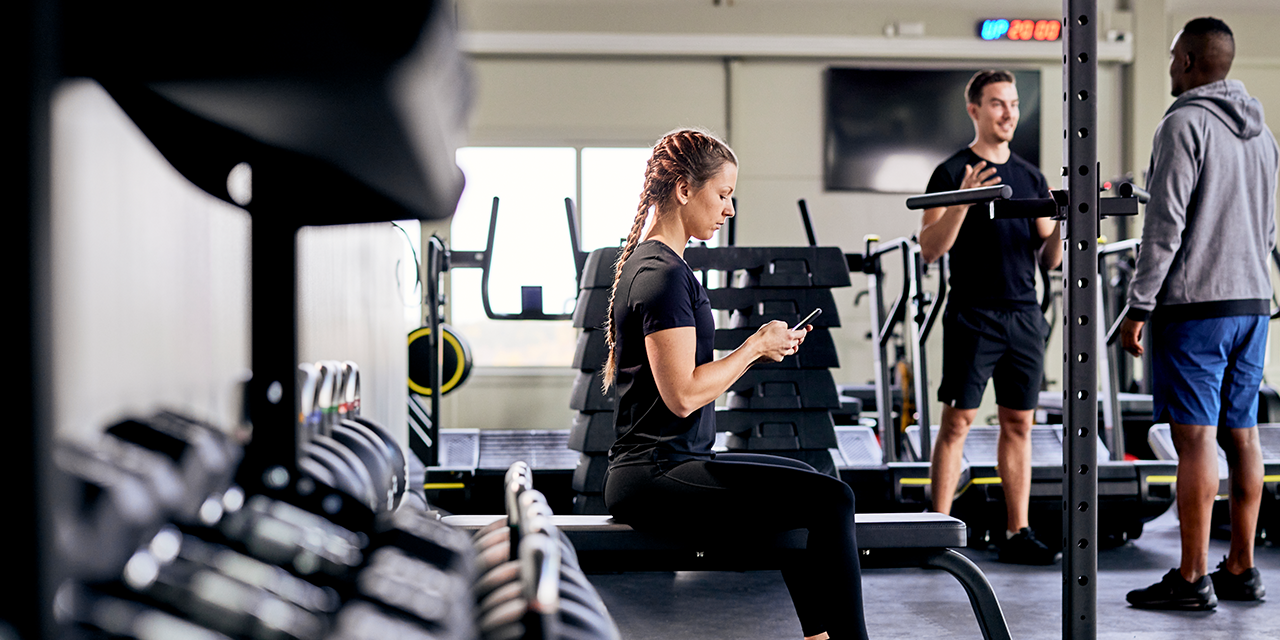
What do you see as the future of indoor cycling at ACTIC?
I see data as being very important moving forward, so we’re planning to introduce more tech into our cycling studios and build new class formats around this. I’m talking about heart rate, RPM, power… I think people who do cycling classes tend to be the sort of people who are into progress tracking and data. More so than those doing a dance class, for example.
But at the same time, I want to broaden the appeal of indoor cycling. There are lots of people who feel it isn’t for them, so I want to make our product more accessible and edgier at the same time.
I’d like to explore opportunities to bring virtual into our cycling studio, too. It won’t replace our live instructor-led classes, but it will mean we can offer cycling classes throughout the day. I think virtual might encourage people who don’t usually cycle to give it a go, too.
And I want to offer our instructors more training, so they can expand beyond track-based choreography and into formats like interval training, heart rate training and power training. Some of them are already doing this, but not consistently. I want to give our instructors the tools they need to build diverse styles of cycling into our studio timetable.
In fact, if we start to do this – more tech, more instructor training, more diversity, more accessibility – I think we’ll improve our whole group training offer, not just indoor cycling. There’s a lot to do and I’m excited to get more people into group training!
A New Concept
ACTIC Group’s signature group training collection currently spans 11 concept classes.
Explosive Ride – 30 mins
Music-based, emotion-led, but also short, swift and sweaty to boost fitness levels.
Power – 55, 45, 30 mins
Whole-body strengthening using a barbell, free weights and bodyweight as resistance.
PowerStep – 55, 45 mins
Simple, efficient cardio and strength class using a step, barbell and freeweights.
Functional Strength – 55, 45 mins
Strengthening and toning class that brings in elements of cardio, balance, flexibility and agility, working through the basic movements and planes of functional training.
Core – 30 mins
Strengthens the core, developing good posture and balance, through a series of functional exercises.
BootyWork – 30 mins
Tones the legs, buttocks and hips via a series of functional exercises.
CardioFight – 45, 30 mins
A fun fighting class influenced by various forms of martial art.
CardioHIIT – 30 mins
High-intensity, cardio-based class using bodyweight and plyometrics, and incorporating elements of functional training.
Dance – 45 mins
Each track of this dance class adopts a distinct dance style – but fun is more important than getting the steps right!
Dynamic Flex – 30 mins
A low-intensity stretching and body awareness class.
YogaMotion – 55, 45 mins
Featuring easy flows and moves inspired by different yoga styles, physiotherapy and biomechanics, this class is about flexibility, stability and posture.
The word from New Zealand
There’s an easy way to wind up a New Zealander. Actually, there’s more than one, but the one I’m referring to is quoting at them the well-worn analogy that life in New Zealand is ‘like going back to the 1950s’. The subtext being, life here is slow, pastoral and mono-cultured, with dinner at 5.00pm and no need to lock your doors at night. It’s a subtext that’s guaranteed to trigger your modern urbane Kiwi.
However, there’s definitely a taste of the olden days at the moment. It’s just that the clock has wound back one year rather than 50.
If globally, our collective time stopped at COVID o’clock back in March, in New Zealand, time has slowly ticked back to January. Not quite to a New Year’s Day mindset of: ‘This is going to be the best year EVER.’ More the January 10th phase, where your resolutions are wavering and you’ve still not started your novel, but the year still seems like it might be bright.
Like a few other lucky countries, New Zealand is currently COVID-free. The virus lurks at the borders and we’ve been through lockdown pain, but right now we can go to gigs, visit grandparents, plan our summer holidays, work from the office and, yes, go to the gym.
Business as (nearly) normal
The initial COVID impact was severe for the fitness industry here: clubs were closed for six weeks, with memberships suspended or cancelled. Since then, there’s been a slow walk back to normality through the gates of social distancing and de-escalating alert levels to the current Level One at the start of June. (To note: Auckland had a separate two-week lockdown mid-August, after a short-lived community outbreak, but the rest of the country was largely unaffected). At the current Level One status, there are no formal restrictions for fitness clubs across the country.
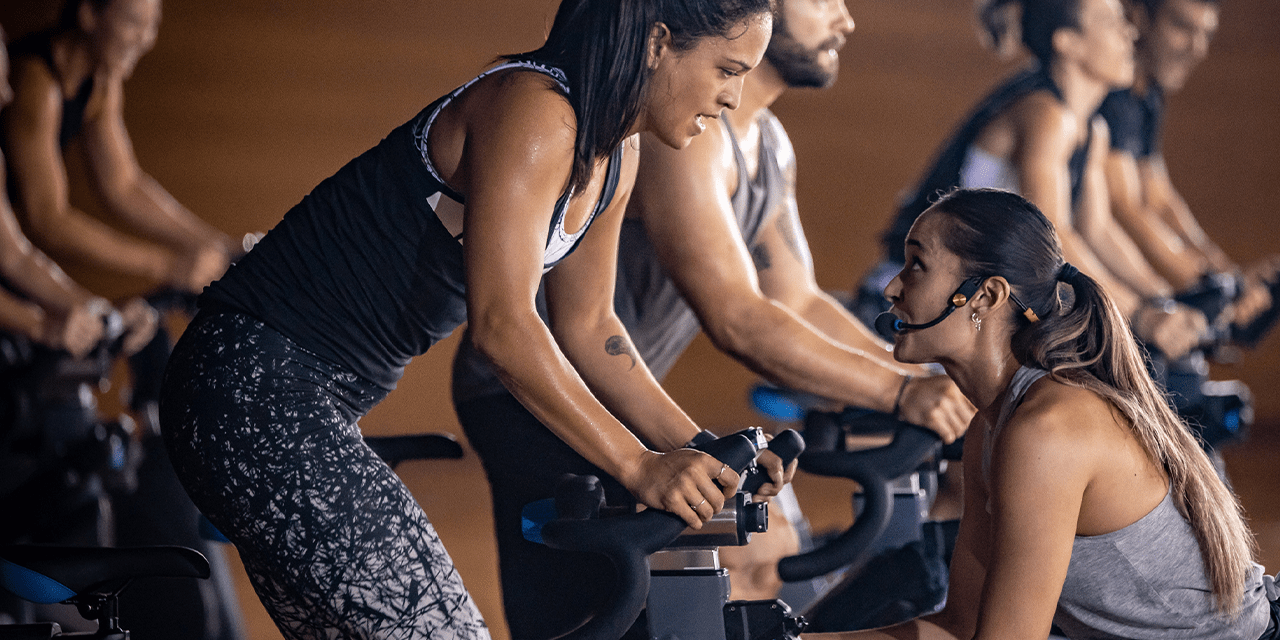
At first glance, a trip to the gym feels the same as it ever did: courting couples, newbies being shown around, dads trying to hold back the years, that guy who always wears jeans (why does he wear jeans?) – and not a face mask in sight.
Look a little closer, though, and you’ll see the ubiquitous government COVID-19 posters and QR code check-ins for the national tracer app at the door. Additional spritzing and cleaning by conscientious staff and hand sanitiser stations are the other conspicuous changes.
some sites are at 95 per cent of january numbers, with class attendance back to something like normal
Like the rest of the world, club owners in NZ have felt the financial pain of mandated closures and the knock-on effects for their members. The initial lockdown cut income to zero and it’s been a task to build member confidence and site visits since then. The good news is that across the industry, gym visitation, revenue and new membership sales were tracking above 85 per cent (compared to the same time in 2019) by the first-half of August and have slowly been improving since then. Some sites are back at 95 per cent of January numbers, with attendance in group fitness and the cardio floor back to something like normal density and frequency.
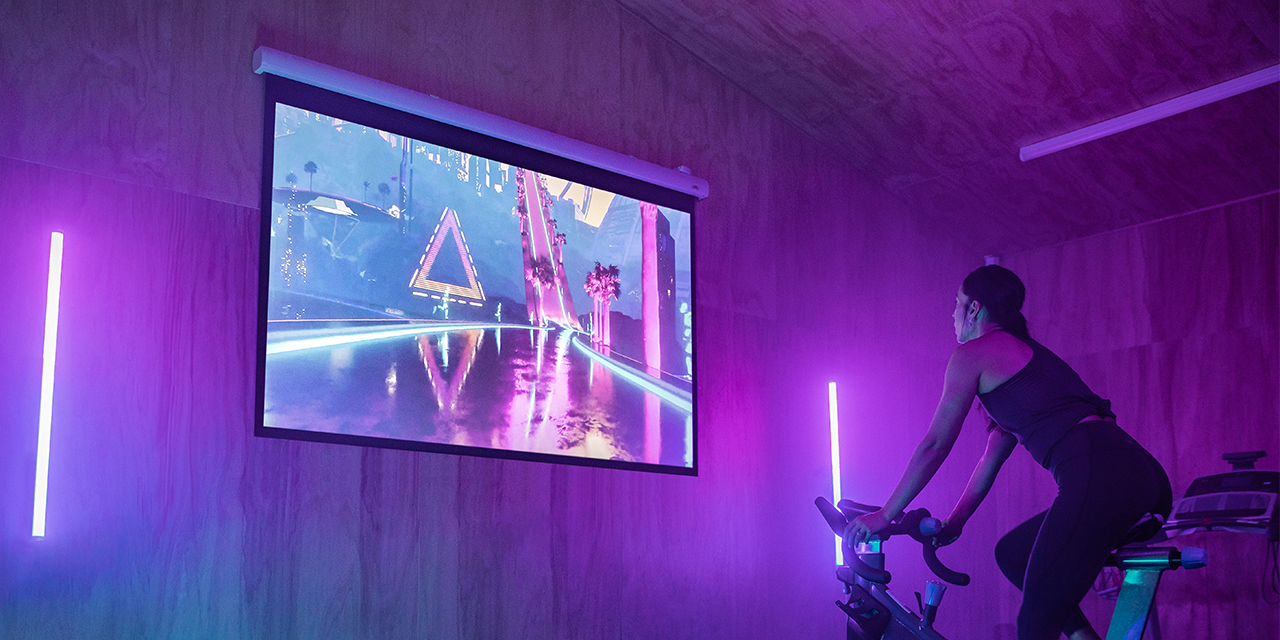
lockdown saw the state broadcaster tvnz airing a daily les mills workout to get the country moving
Inner city clubs, particularly in Auckland, continue to be the most impacted by the COVID hangover: a combination of reduced foot traffic in the central city and a higher sense of risk among members. New Zealand borders are closed to all but returning residents, and these individuals must pass through two weeks of government quarantine in hotels largely dotted around the Auckland CBD. The increased risk to members is likely small, but a sense of business-as-normal is harder to maintain when members must pass military-controlled, fenced-off hotels on their way to work out.
Follow your members
Digital workouts have taken up some of the slack. The initial lockdown had the state broadcaster TVNZ airing a daily Les Mills workout to get the country moving, but mostly the action has been driven by clubs and at-home consumer apps. There’s nothing complicated about the consumer fitness app market in NZ, with familiar brands dominating the app charts: Nike, SWEAT, Centr, Freeletics and, of course, local favourite Les Mills’ LMOD app.
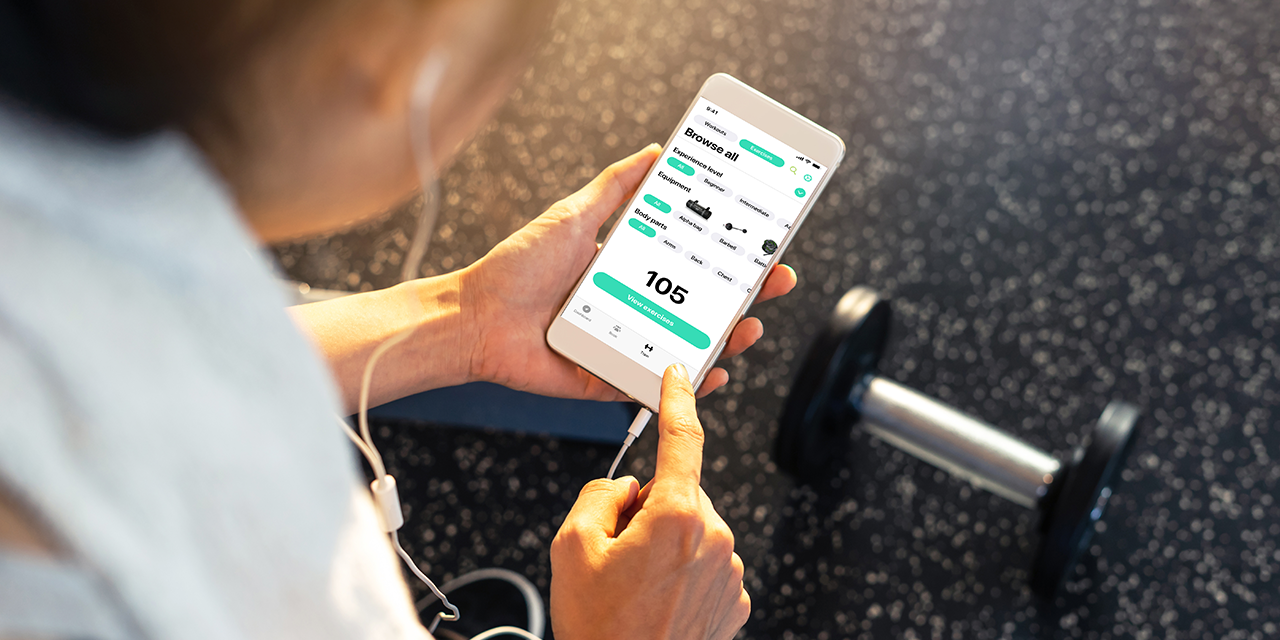
Clubs have continued to evolve their digital offerings. The initial burst of live Zooms to drive member engagement during lockdown has given way to a more sophisticated proposition. Clubs are realising that the best way to obtain mindshare at-home is to drive traffic to channels their members are already familiar with: their existing member management apps and websites. Here, it’s a mix of live and on-demand classes, with local instructor talent and improving production standards beginning to create compelling content.
on-site fitness is a habit and, based on the nz experience, your members will return
This digital approach for clubs in NZ is less about taking the clock back to January and more about meeting the challenge of those mega-trends: ‘digital everywhere’ and COVID. COVID might be less a trend than a curse, but we can’t deny its impact. It’s undoubtedly poured accelerant on some parts of the fitness industry, teaching consumers that they are capable of working out at home, that a virtual workout can be as good as in-person, and that the economics of a club membership isn’t really economic if you don’t actually go. With these lessons in mind, the only sensible action is to follow your members to where they live: at home and on a device.
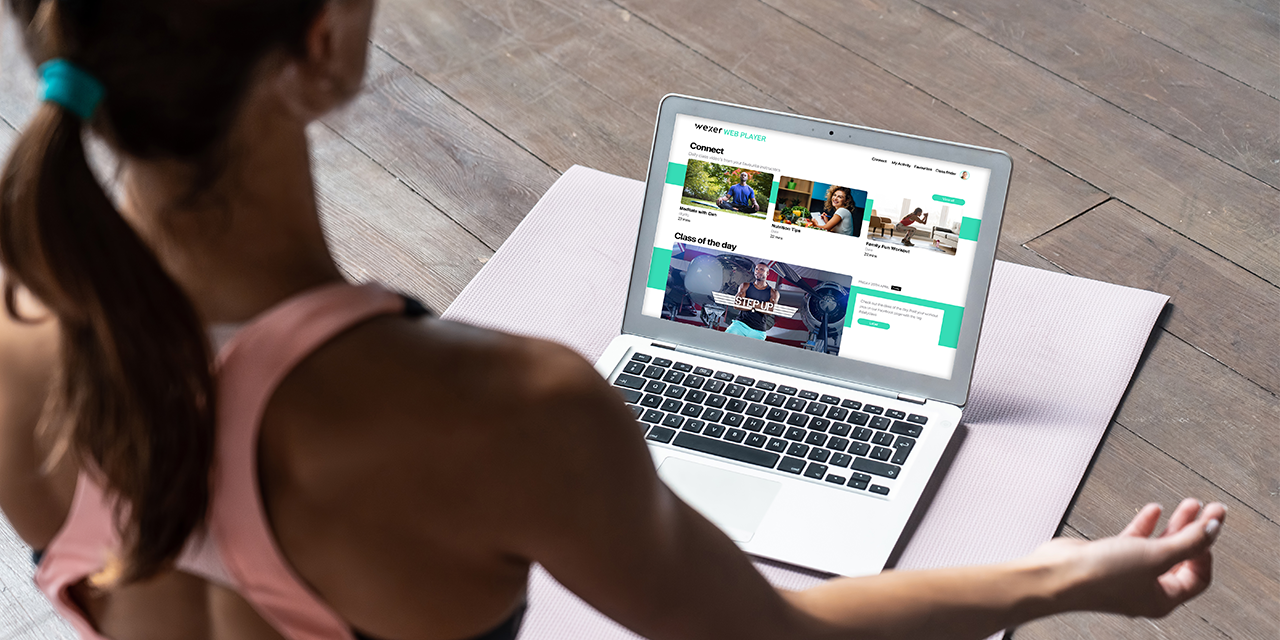
Old habits die hard, but…
An observation from New Zealand’s current truce with COVID is that the behaviour change it has created isn’t evenly spread. In some respects, our human elasticity pulls us back to familiar shapes: we shake hands, we hug friends, we easily forget the new normal. In other areas, you can identify where habits have changed: flexible working feels here to stay, online exams for university students are being rolled out even as lectures are still taking place in person, video calls rather than in-person meetings are becoming default for those ‘business as usual’ work catch-ups.
For fitness clubs, this is mostly good news. On-site fitness is a habit and, based on the NZ experience, your members will return. Improved hygiene standards might be something that comes with it, but as long as we feel safe and restrictions are lifted, the social interaction and experience of a gym will pull us back.
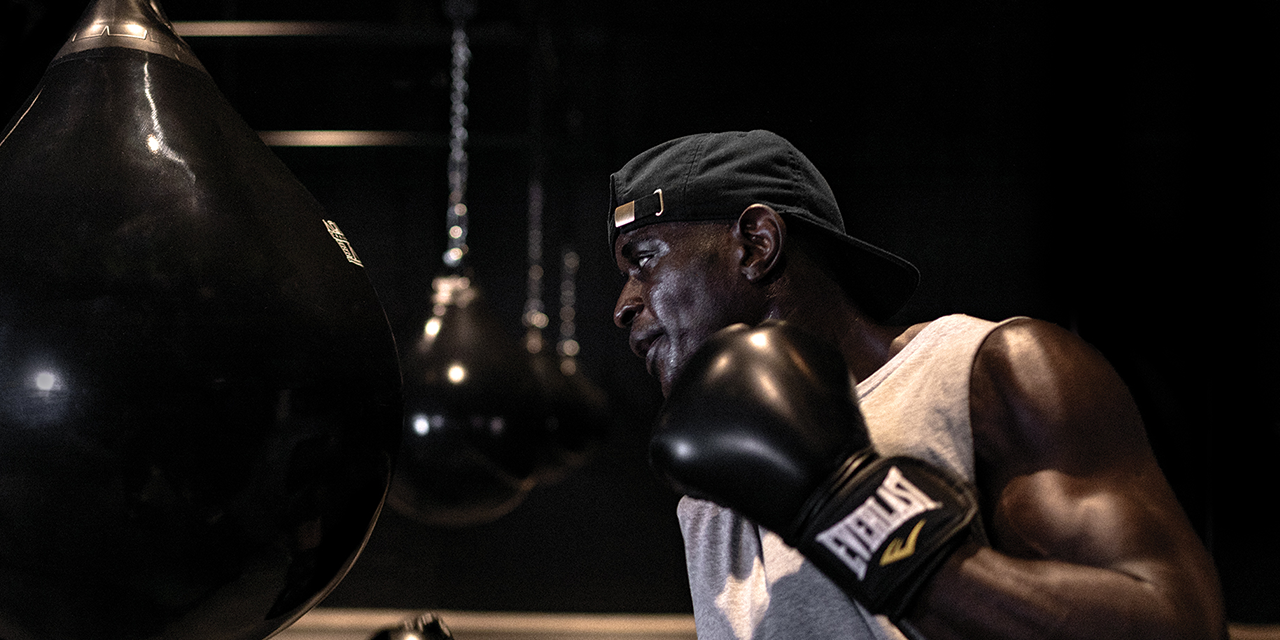
A key difference for clubs to figure out, as we move through COVID, is an understanding of the needs of members outside of the gym. That means supporting their desire to work out at home, developing a proposition that can engage and attract current (and former) members at the same time. There is competition here for mindshare; clubs have to combine their instructor talent, brand and member loyalty to create a digital proposition that’s attractive and adds value.
The New Zealand COVID experience is the result of circumstance, a little good fortune, excellent planning and exceptional leadership. These are qualities we all ought to consider as we plan out the next few years. I’m confident that the future looks good for the industry: we just need to understand what has changed and adapt accordingly.
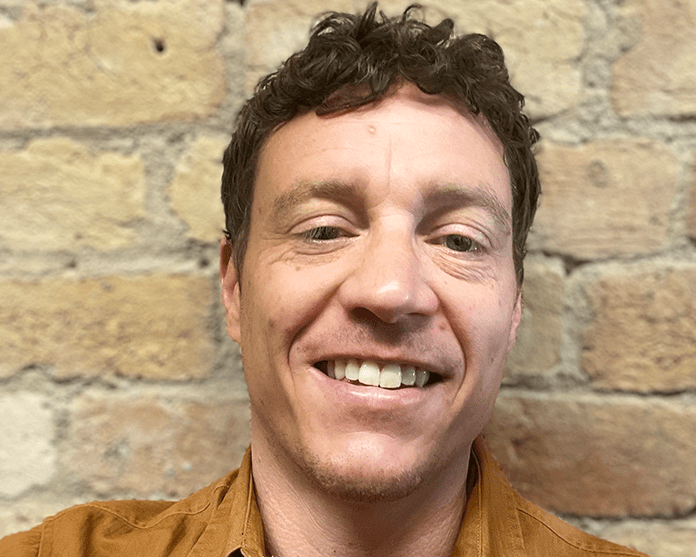
About the author
Sam Aldred is head of APAC for digital fitness expert Wexer, having joined the company in September from his previous role as head of virtual products at Les Mills International. Sam brings with him a wealth of digital experience from a 15-year digital career spanning everything from music to TV, and is now applying that insight to virtual fitness.
Redefining fitness
What has been your personal fitness journey?
I first became interested in fitness when I was at drama school, training to be a musical theatre performer. I started sharing fitness content online in 2013 and decided to qualify as a personal trainer when I graduated in 2014.
At the time, I imagined I would also audition for musical theatre roles, but fitness really took off for me and I loved what I was doing. I found myself in that fortunate position where I had a hobby, a passion, that became a career.
In hindsight, though, my relationship with fitness was quite disordered. I over-exercised and didn’t eat enough, because that’s what I understood fitness to be based on everything I saw online. I thought fitness had to be a weight loss journey. That restriction was unavoidable.
I now know that doesn’t have to be the case. Fitness has been a constant for me, but my approach and my relationship with it has changed dramatically.
“We need to move away from a set image of what fitness looks like and focus on what fitness feels like” – Tally rye
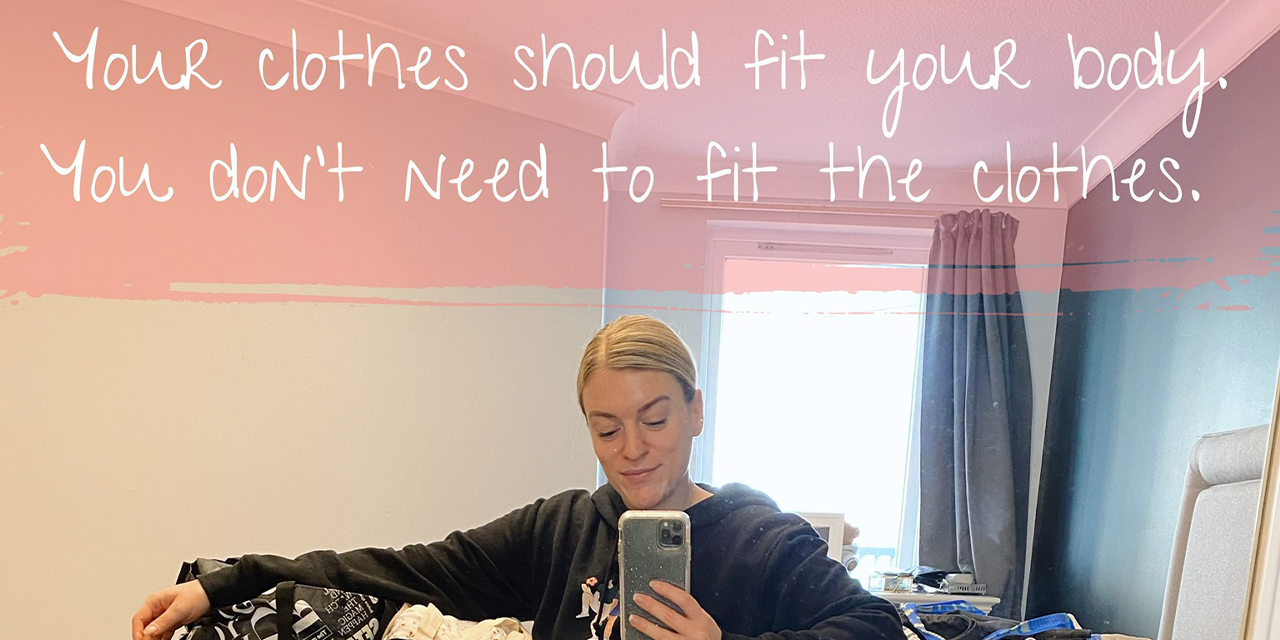
What’s your approach to exercise now?
I now focus on movement that makes your body feel good. So many people see fitness as a chore to tick off the list rather than something they genuinely want to do. They think they have to endure a painful workout that’s going to exhaust them, all in a bid to look a certain way. They think that’s what fitness is all about.
But fitness isn’t weight change. Fitness is physical strength, mental strength, improving stamina and co-ordination. It’s the physical and psychological benefits of regular movement.
This is what I encourage people to focus on. In the process, I help them take the pressure off themselves and have fun again, so they actually enjoy their workouts.
Tell us more about your exercise philosophy.
I found myself becoming really disillusioned with the way fitness was positioning itself. It was the same old content all the time – all those before and after photos that implied fitness was only worthwhile if it brought about a drastic physical change.
I came across a concept called Intuitive Eating, which is a framework created by dieticians to help people repair their relationship with food. The framework does touch on our relationship with movement, too, but I felt there was so much more that needed to be said on that topic. It can be just as complicated for people as their relationship with food.
In my podcast and my book, Train Happy: An Intuitive Exercise Plan for Every Body – published in January 2020 – we therefore talk about Intuitive Movement.
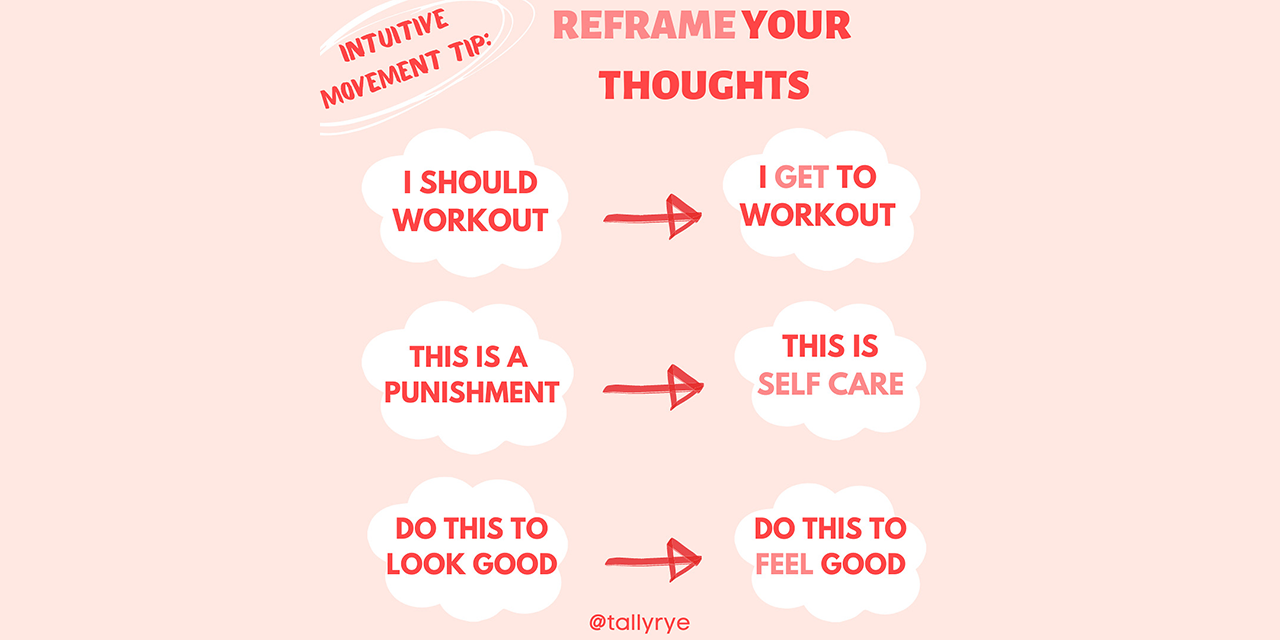
Intuitive Movement is about learning to listen to your body and connect with yourself so you can make the best choices for you, moving your body in the way that feels best for you. It’s about taking ownership and autonomy over your own fitness journey, rather than just doing what others say you should do. Ultimately, it’s about help people feel happy in their relationship with movement.
You have 107,000 Instagram followers. How do you use your influence?
I was in the right place at the right time – that first generation of social media influencers who have all since found our niche – and it’s meant I’m one of a small handful of people, certainly in the UK, who have the profile to talk about important topics like intuitive movement.
I’m trying to show people a path to feeling free of pressure and I get a lot of feedback telling me how much my message resonates with them. How they didn’t realise they could think about things this way, and that what I’ve said has made them feel so much better about their body, about food, about exercise.
I’m not saying everything i post is original thinking, but i do have the platform to say it louder than others
I’m also quite vocal about therapy and mental health, and I’ve had a lot of people tell me they’ve decided to go for therapy after hearing what I have to say. That’s so cool, because I believe the way we think about food, movement and our bodies is underpinned by our mental health – by what’s going on in our brains.
There aren’t many people out there with my approach, and while I’m not saying everything I post is original thinking, I do have the platform to say it louder than others. I’m very conscious of the voice I have and find the more I stay true to my values and passions, the more people seem to come on-board.
I think people follow me because I’m open about my own experiences, honest about my own struggles. I’m not just an online expert telling you what to do: I bring a humanness to it and people can relate to me.
What would you like to see happen in the fitness sector?
It really frustrates me when trainers suggest it’s just a small group of people who have risk factors that may develop into a disordered relationship with food and/or exercise. That just isn’t true. The fitness sector has normalised disorder. Restrictive behaviours are almost recommended, to the point that people think this is what fitness is.
It isn’t though. Those behaviours are dieting. Fitness is separate and should be non-restrictive. It can’t just be about burning calories. It has to be about engaging people in movement in a way that makes them feel good about themselves.
We have to stop centring on the narrative of weight loss and instead focus on the many, many other benefits of fitness. Stop the before and after photos where all the praise is heaped on the smaller body. Stop using the same buff fitness models. Stop assuming everyone wants to lose weight, and indeed making them feel they have to.
Fitness needs to be more fun and it needs to be more inclusive: all sizes, ages, ethnicities. We need to move away from a set image of what fitness looks like, and instead focus on what fitness feels like.
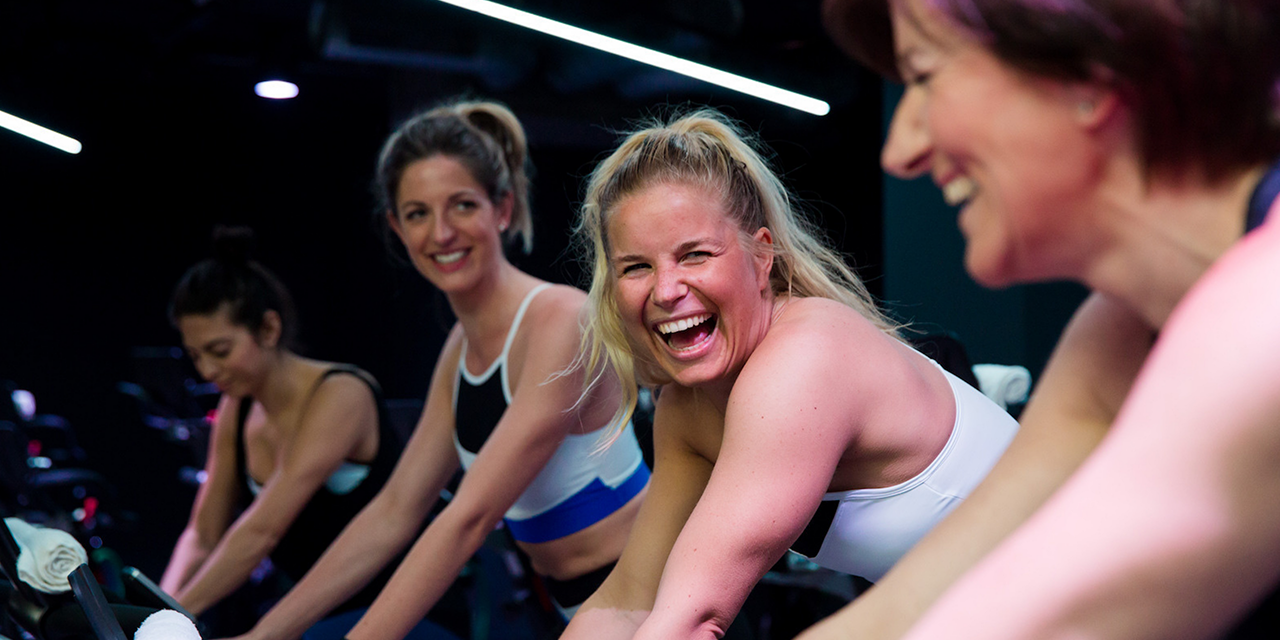
Let’s talk about your role at Digme…
I’ve been instructing indoor cycling classes for six years and have been with Digme for three. I’m delighted by how supportive they are, how on-board they are with my approach. The owners are fantastic: they live and breathe it and are great at taking on feedback.
My language when instructing has subtly changed over the years, just as it has on my social media. My goal now is to ensure everyone enjoys themselves and leaves the room elated, high on endorphins.
I make no assumptions about anyone in the room, instead encouraging participants to trust themselves to make their own decisions on how hard to work that day, to take a moment whenever they need it, to choose the gears and the intensity that feels right for them. I’m not there as a sergeant major. I tell them: “I’ll guide you, but you be you. It’s your workout and you know your body best.”
I also make a point of ending each class by congratulating participants for making time for themselves, encouraging them to be very proud that they did that for themselves. I really want to emphasise the view that exercise is self-care, not self-punishment. That we aren’t there to feel less guilty, but to feel good.
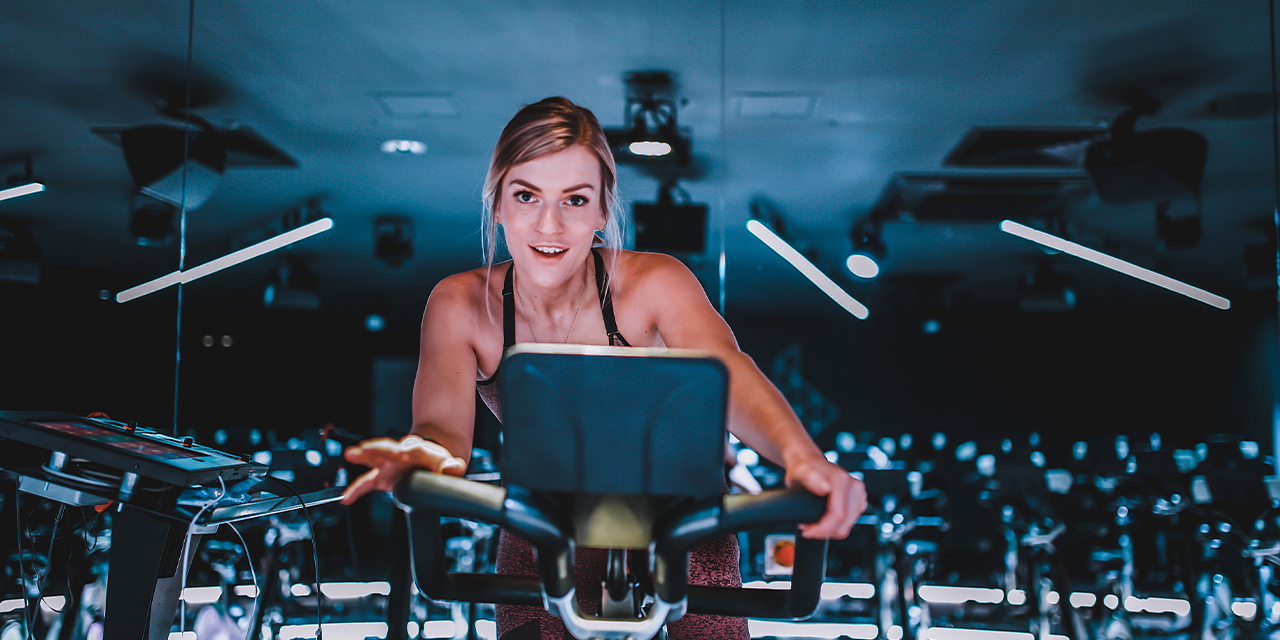
people ultimately choose a class for the instructor, so be confident and enjoy finding your unique style
Any advice for other instructors?
Be yourself. Even if you instruct a set class format, you can still bring your own take to it. Participants ultimately choose a class for the instructor, so be confident, put your own mark on the workout and enjoy finding your unique style.
What do you love about indoor cycling?
I fell into indoor cycling by chance, when I was PT-ing at a gym and was asked to cover a class, but I grew to love it.
I instruct rhythm classes, which means letting go and moving to the music. There’s no data on-screen, no competition, no need to take it too seriously. You don’t always even realise how hard you’re working. I know cycling isn’t for everyone, but I find it a fun way to do cardio. I often take myself to the gym to get on a bike and try out my new ideas and playlists.
I think it’s the musicality, the ‘move to the beat’ choreography, that really does it for me. Especially in class, it brings out the musical theatre performer in me: once I have my Britney headset on and the lights are going… that’s where I get my kick!
What’s next for you?
I never really know what’s coming next – I never expected to write a book, for example – but I will certainly continue to spread the intuitive movement message. I want to keep growing my podcast and my online presence so I can present even more people with an alternative, helping them establish a more positive relationship with fitness.
Setting the world on fire
Let’s start with a bit of background.
Founded in 2015 by Dave Nuku and Rich Hutson – and with Nuku’s wife and industry veteran Tracy Minnoch-Nuku at that point “advising from the kitchen table” (her words) before officially joining the business six months later – the innovative, community-focused FIRE Fitness soon made its presence felt in its home city of Kuala Lumpur, Malaysia.
Offering proprietary class experiences RIDE, STRIKE, STRIDE, FORCE – and more recently REVOLUTION and BARRE – all created by the in-house team, FIRE quickly established a leadership position in the Malaysian boutique segment.
Let’s now fast-forward to November 2019 when FIRE Fitness, by this point operating two sites, was acquired by multi-brand parent group Evolution Wellness, under the leadership of CEO Simon Flint. In the process, FIRE joined an impressive brand line-up that already included Fitness First Asia, Celebrity Fitness, mid-market club chain CHi Fitness, wellness retreat business Fivelements and no-frills gym brand GoFit.
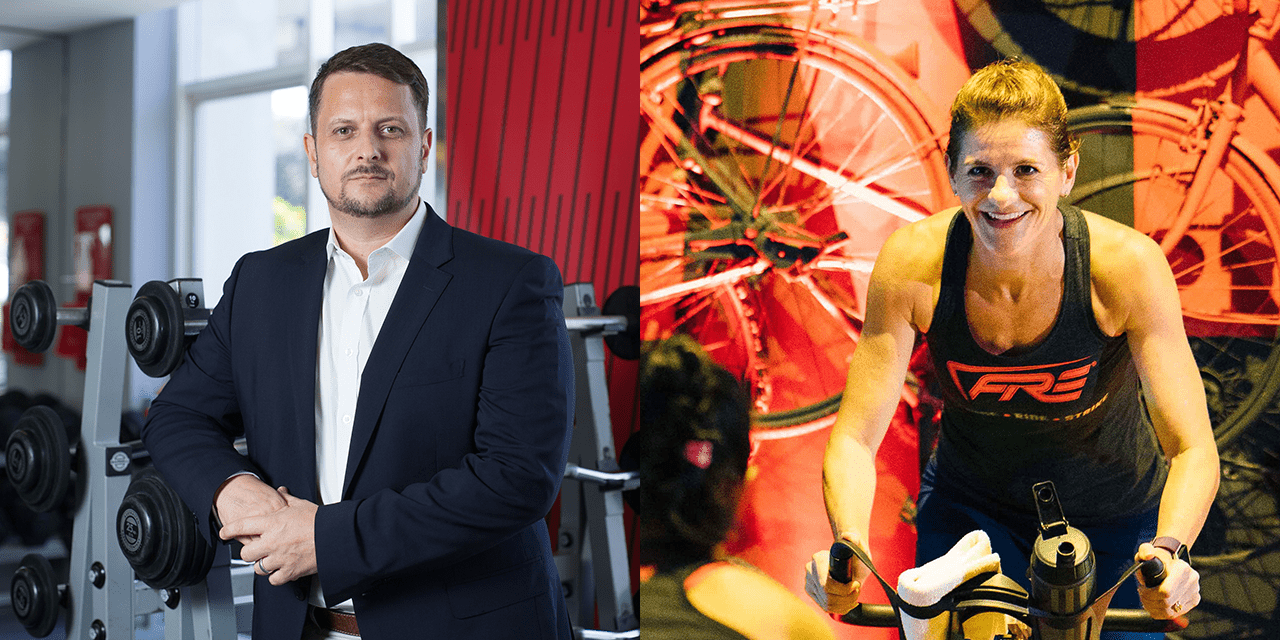
“A key mantra for FIRE was ‘Set the world on fire’, but running the business on our own meant we were limited in our ability to achieve that,” explains Minnoch-Nuku. “We wanted to work with a business that would help us go global.”
And Evolution Wellness’ belief in, and intentions for, the FIRE brand were clear from the outset: FIRE Station 3 opened just six weeks after the acquisition, with the flagship FIRE Station 4 – offering three distinct studios under one roof – opening in early 2020, just before COVID sent the sector into lockdown.
Here, we speak to Evolution Wellness CEO Simon Flint (SF) and FIRE’s head of programming Tracy Minnoch-Nuku (TMN) about the FIRE story so far, the buoyancy of its indoor cycling concept in these post-lockdown days, and their plans to take the FIRE brand global.
What did you set out to create with FIRE?
TMN: Dave and I had a lot of conversations at the very beginning around “the way it could be”: what the signature programmes might look like, how the trainers should deliver the workouts, the culture, the branding, how to package all of this within a boutique format.
Dave had never been to the other big boutiques around the world: SoulCycle, Barry’s and so on. His concepts were 100 per cent original, born from self-study and his own passion for small group training, personal training and instructing group exercise himself. He already knew how to create a rock concert environment in a studio.
The class concepts we’ve developed at FIRE are kick-ass small group training programmes that change lives. We talk a lot about ‘living a life on fire’, which is about empowering people to be the best they can be.
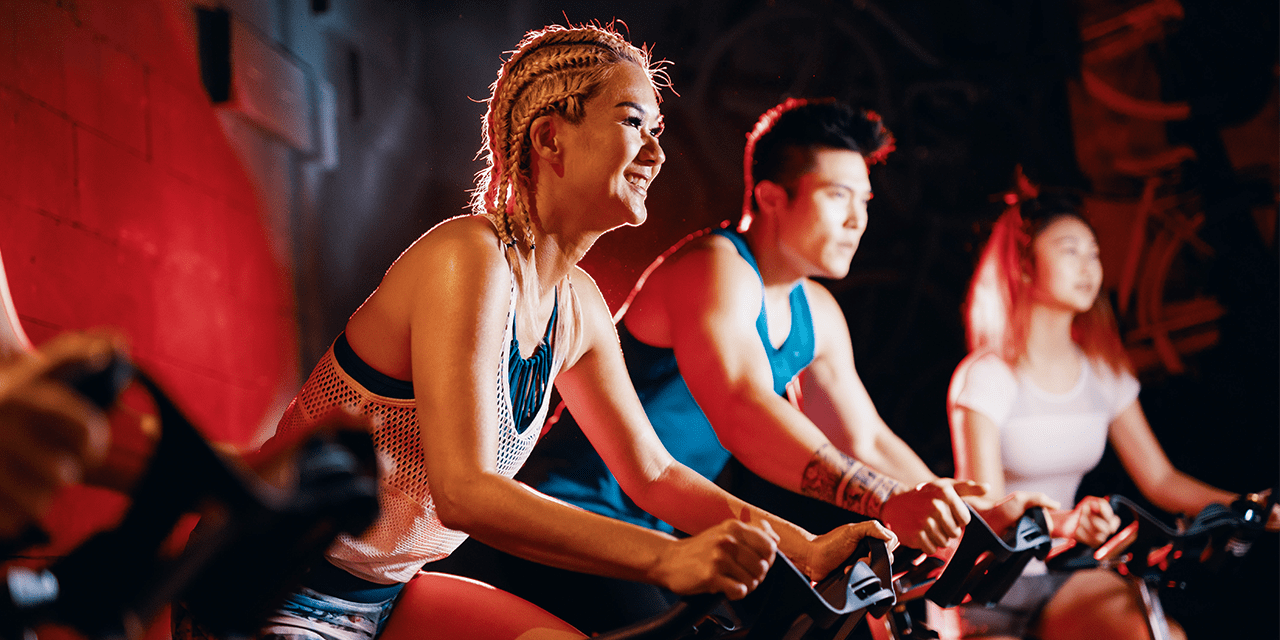
the way i describe it, if soulcycle and rpm were to have a baby, it would be Ride!
We place a big focus on our trainers, too, going far beyond simply ensuring they’re rockstars who are able to bring their A-game to every class. We also provide them with training in social media, community-building, how to make people feel connected even before they’ve been to the club. That sense of connection and community is central to the FIRE concept. We aim to ensure every class participant genuinely feels part of the experience – not just watching and following the instructor but, in a small group environment, actually being part of it, with lots of personal interaction.
What’s your signature style when it comes to indoor cycling?
TMN: Our RIDE classes are small group cycling: we typically have 16 bikes in a studio, with plenty of space around them for floor work in our fusion classes.
Rhythm cycling – that dancified style of cycling – is very popular in Asia, but thus far we’re steered clear of rapid tap-backs and too much hands-off stuff. Our classes are definitely rhythmic, set to the beat of the music, but the terrain brings together sprints, climbs, fast twitch and slow twitch to keep it interesting.
The way I describe it, if SoulCycle and RPM were to have a baby, it would be RIDE! You get the safety, the exercise science and the promise of results through our terrain, then you get the fun, the disco lights and the banging tracks as well. Layered on top of all of that, we empower each instructor to bring their personality to the class.
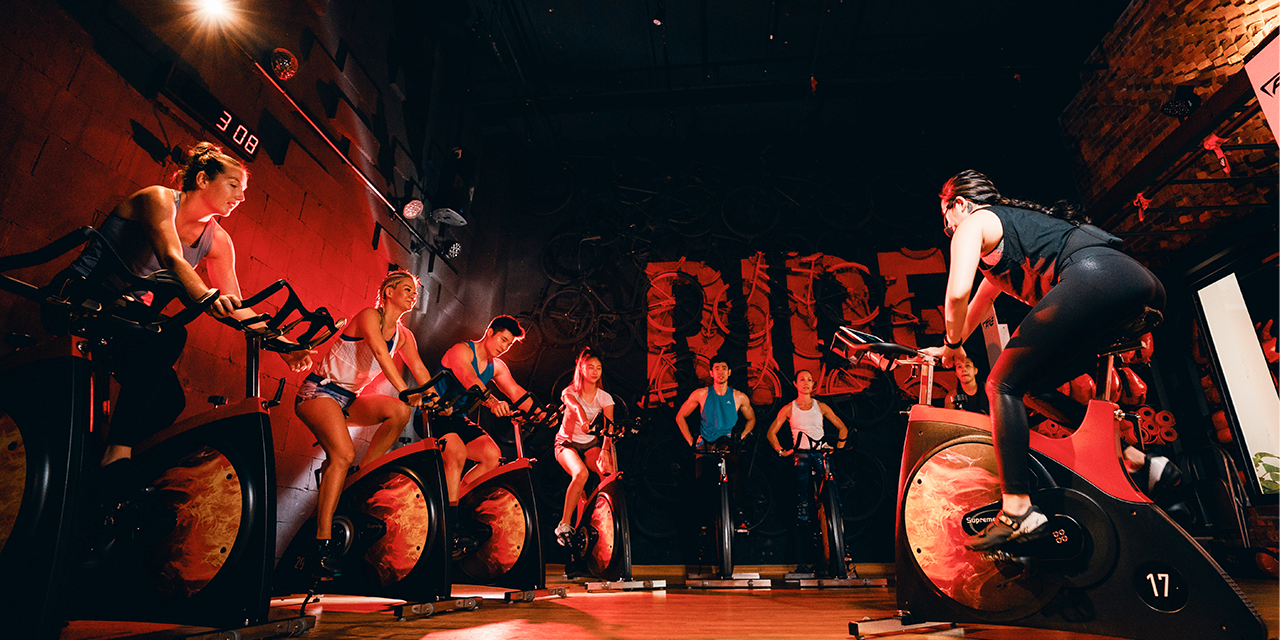
You offer a lot of fusion classes too – why?
TMN: People have so little time these days; we felt it would be good to offer cardio, strength and flexibility all in the space of 45 minutes. We aren’t unique in doing this at a global level, but it is still unique in Malaysia.
We offer RIDE HIIT and RIDE YOGA, and really this has been driven by what we personally would want to do. I have a BODY BIKE at home, which is great, but I find I want to jump off after a while to do something else. So, our fusion classes bring together just 30 minutes of cycling followed by 15 minutes of HIIT or yoga.
We’re finding RIDE YOGA is bringing in people who don’t normally “do” yoga, too. It’s only 15 minutes of yoga, plus we feature some of the simpler moves and we don’t make it too spiritual. Some of the men doing the class tell me it’s their only yoga for the week, but the stretching means they aren’t sore the next day, so they’re ready to train again. They’re also reporting fewer injuries.
How is RIDE performing since COVID?
TMN: Our timetable offers the same number of RIDE classes as our other programmes, but if anything, RIDE is slightly outperforming the other disciplines at the moment. That’s because, even with the current social distancing, we’re able to offer more spaces in RIDE.
As I mentioned just now, RIDE is small group cycling in a huge studio, so there’s plenty of room to space the bikes out: we’ve only had to lose two bikes, meaning we still have 14 spots in every class. RIDE class formats also lend themselves to distancing: it’s easy to keep people safe on a bike, or in their own marked-out space on the floor in our fusion classes. All we’ve had to do is tweak the programming slightly.
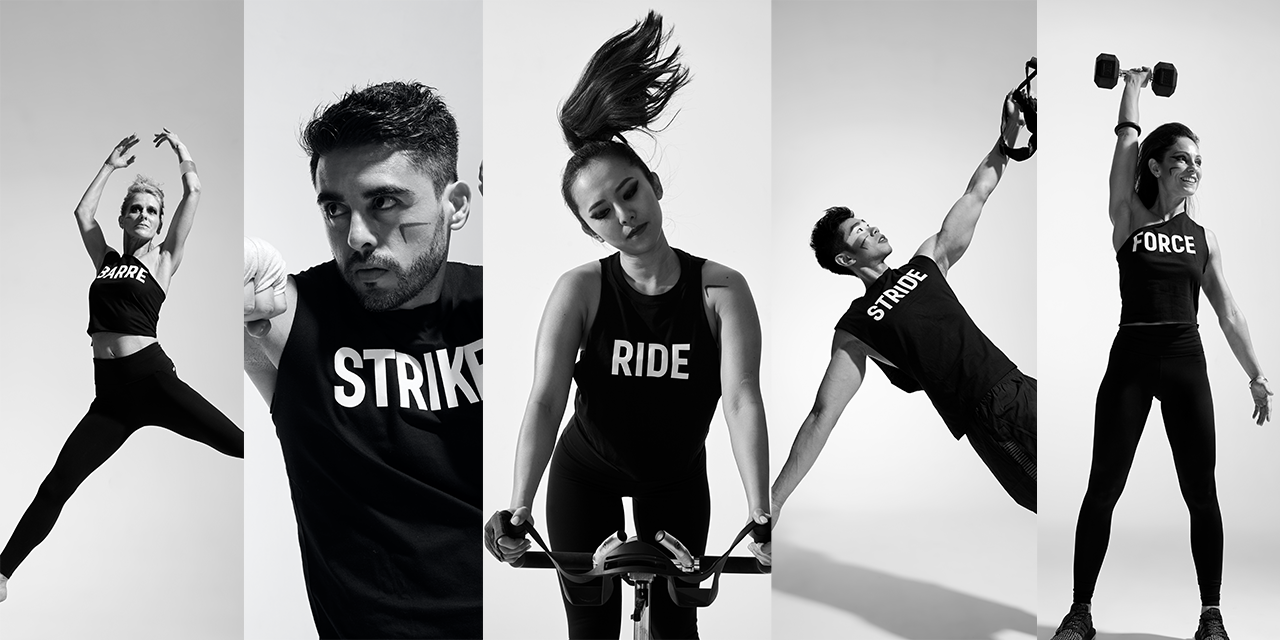
Any plans to further evolve your RIDE classes?
TMN: My personal philosophy is that you have to keep things moving on at least every six months. Our members are turning up, they’re getting results – we know we have a pretty good formula. But I’m constantly asking myself ‘could it be even better?’ Is there something more we could be doing to service our members? That’s the case across all our class modalities and studios, not just RIDE.
Looking at cycling specifically, though, we’re already up to RIDE 4.0, with enhancements over the years including more interaction, more team orientation, adjustments to the terrain, the addition of a more fun track. It’s still a 30-minute workout on the bike, but we continue to make little tweaks to the way we coach it.
Does FIRE offer at-home classes?
SF: During lockdown, to retain members, we offered a lot of online classes for free: Thailand recently ran its 1,000th online class and they’ve only been going since March. It’s mostly been Fitness First and Celebrity Fitness content so far, but we experimented with adding FIRE content and it was very popular.
The strategy now is this: for Fitness First and Celebrity Fitness, a low-cost, high-volume online model. Charging a nominal monthly fee of around US$6, you get on-demand access to our signature classes and a number of popular licensed classes.
Meanwhile, FIRE’s online model is a premium one. Launched in November, we charge per class and in return, you get a two-way experience with no more than 20 participants in each class and lots of personal interaction and feedback.
You’re now licensing FIRE Fitness. What work has underpinned this?
SF: We have no restrictions in terms of where we can take the FIRE Fitness brand, so we absolutely plan to go global with it.
At FIRE Station 4, we set out to prove the concept in a bigger model with more modules and it’s worked well. We’ve also explored class sizes to optimise unit economics, but without ever pushing things to the point of losing the small community feel.
We have no restrictions in terms of where we can take fire. we absolutely plan to go global.
But absolutely key has been the work we’ve done in bottling the essence of FIRE, then codifying it. We’ve spent a lot of time asking ‘what are the things we do every day that make us FIRE?’ It’s the values: work hard, play hard, for example. It’s the community vibe, the intimacy of the classes, the skillsets trainers need before they’re signed off to go live… These are the kind of things that matter when we scale, because they have to be done passionately and consistently.
This work will now allow us to scale hard and fast across borders without diluting the FIRE perfume to a point where you can’t smell it any more.
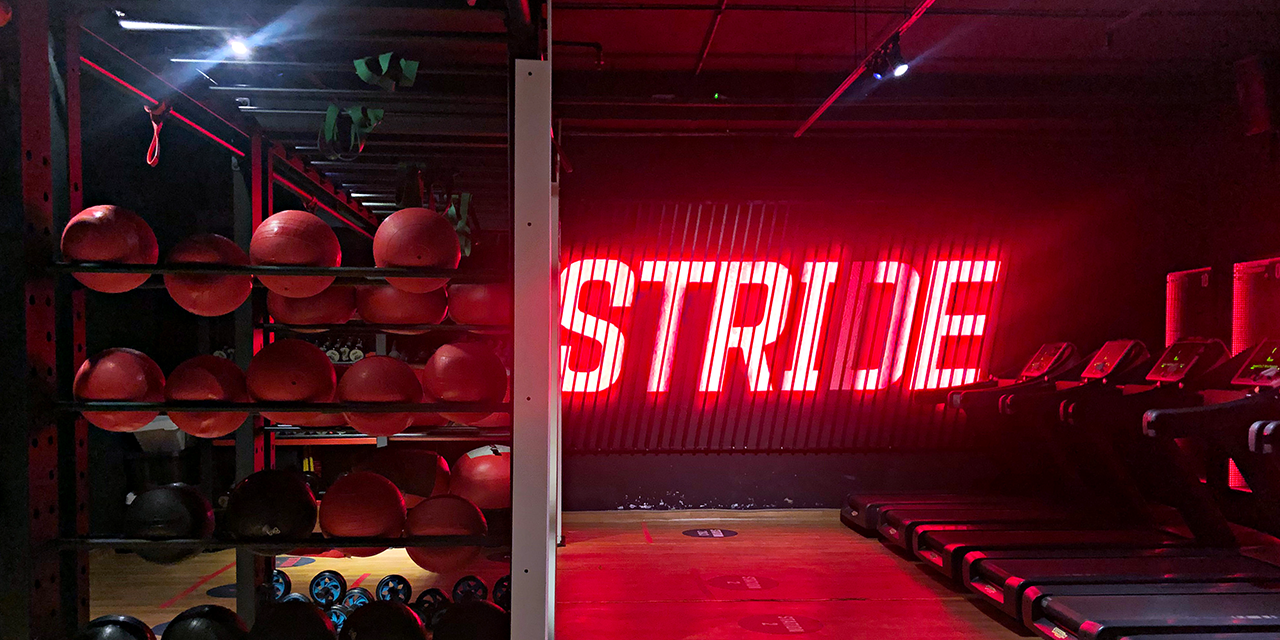
What’s on offer to potential licensees?
SF: We’ve developed an exceptional proposition for licensees, flexible in terms of the product offering, the footprint, the CapEx requirements. You can opt to build a single-studio or multi-studio FIRE Station, selecting from all the signature FIRE programmes to suit the demographics of your area. We’re also finalising a FIRE PT studio concept to help licensees optimise revenues.
we launch a new digital class every week for each fire programme, supporting our talent as we scale
This flexibility means it doesn’t have to be a capital city concept. In fact, particularly given the dramatic change in working patterns since COVID, I imagine quite a lot of our licensed sites will be suburban.
We wanted to ensure we had a competitive offer to appeal to as many prospective licensees as possible. The investment required therefore starts at just US$75,000, increasing from there based on the number of studios in your club: a premium, three-studio FIRE Station could cost up to US$350,000, for example, and upwards from there for additional studios. But if you want to start with a great product at a lower CapEx, you can economically launch a single-modality REVOLUTION studio – our signature HIIT circuit studio, launched at the end of 2019 and now offering heart rate monitoring as standard.
We also offer an extensive support package: a hugely supportive onboarding process for licensees, talent training through our tech platform, brand and marketing support and so on.
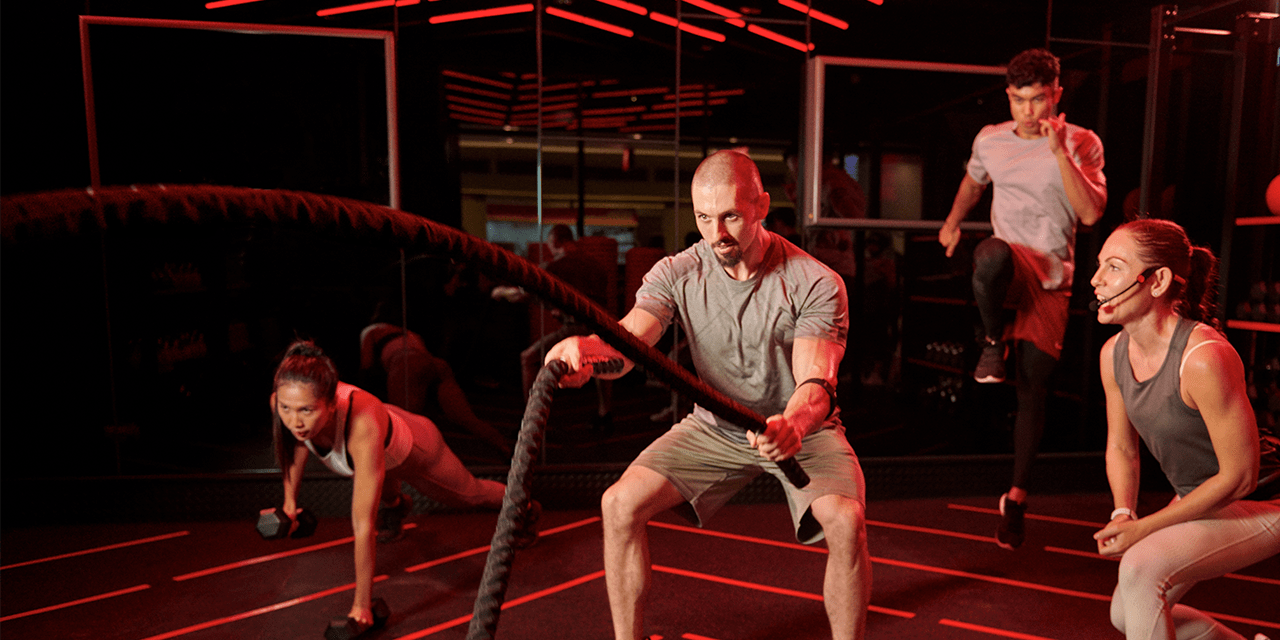
Tell us more about your tech platform.
SF: When building FIRE Station 4, we developed a proprietary tech platform for content hosting, facilitating trainers’ ability to build their classes using our extensive library. Initially used in REVOLUTION and now rolled out across all our FIRE programmes, the digital format allows members to follow the lead of an on-screen rockstar on TVs around the studio. All of this complements the efforts of our live, in-person trainers.
We knew a tech platform would be a must-have tool to enable rapid scaling of the FIRE brand, both for consistency of the class experience and for instructor training: instructors can learn how to deliver the classes by studying the online content.
TMN: We launch a new digital class every week for each signature FIRE programme. You don’t have to use this content: if you have a rockstar instructor who doesn’t need it, all our classes can be run without the TV screens. But having the digitised content is a great way of supporting our talent as we scale.
I would never have predicted that digitising the classes would work, but it does, even for dance programmes like BARRE. Participants can see what to do even when they can’t see the instructor properly; coming soon, a split screen will give them a heads-up on the next movement or exercise too. Meanwhile, it takes the pressure off trainers from a choreography perspective. I developed FIRE’s BARRE programme, but even I now prefer to teach my classes with the digital class running on-screen. It means I don’t have to make up a whole new class myself every time.
The trainer can choose any class they like from the library, which of course will only grow over time, and they also use their own playlists which adds to the sense of a different class each time.
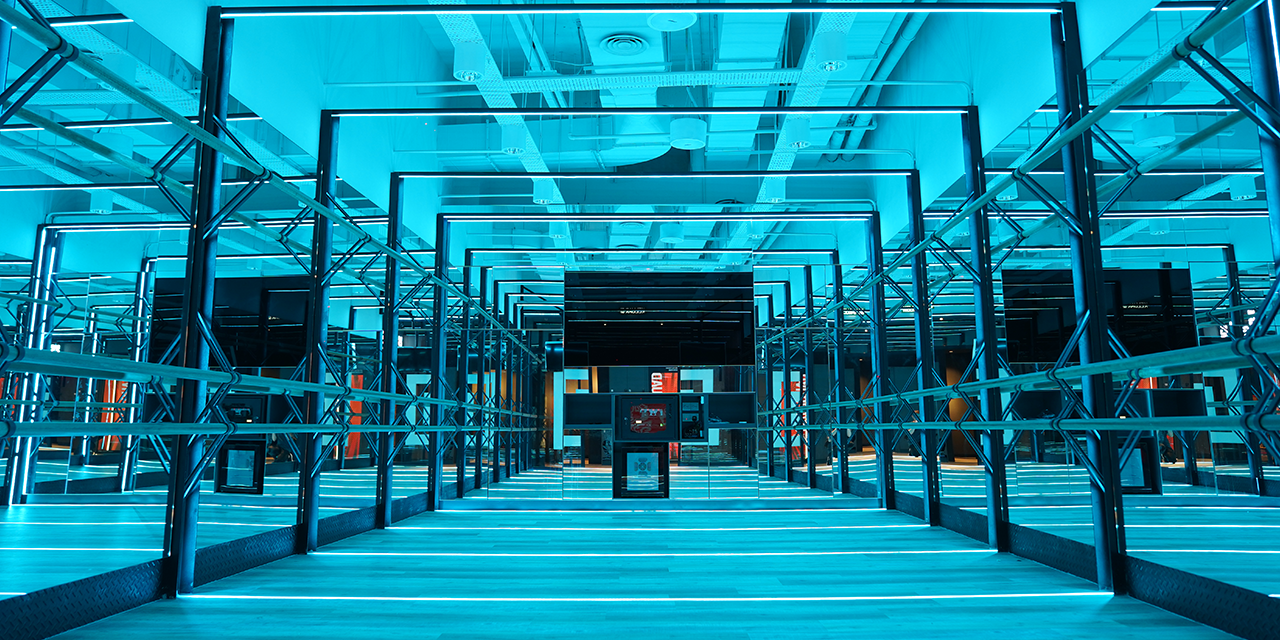
How will you quality-control as FIRE grows?
SF: Our contract with licensees makes it clear that we will carry out virtual audits: watching classes remotely, watching trainers being signed off, doing facility walk-throughs. We have high standards that must be met.
But at the same time, ours is a ‘freedom within a framework’ approach. Licensees can add to the offering provided it doesn’t detract from the core product. For example, we’re just signing an agreement with a partner in the Middle East who wants to launch a five-studio club, including a PT studio, and has asked if they can also have a juice bar and a prayer room. We’re fine with that. There will always be nuances in local markets and you have to flex around these to get the best out of the sites.
There’s also an option for local rockstars to become strategic partners for FIRE, creating their own content which, having met our standards, is then shared via our tech platform. We’re very open to this, not least because it will give us content in a number of different languages.
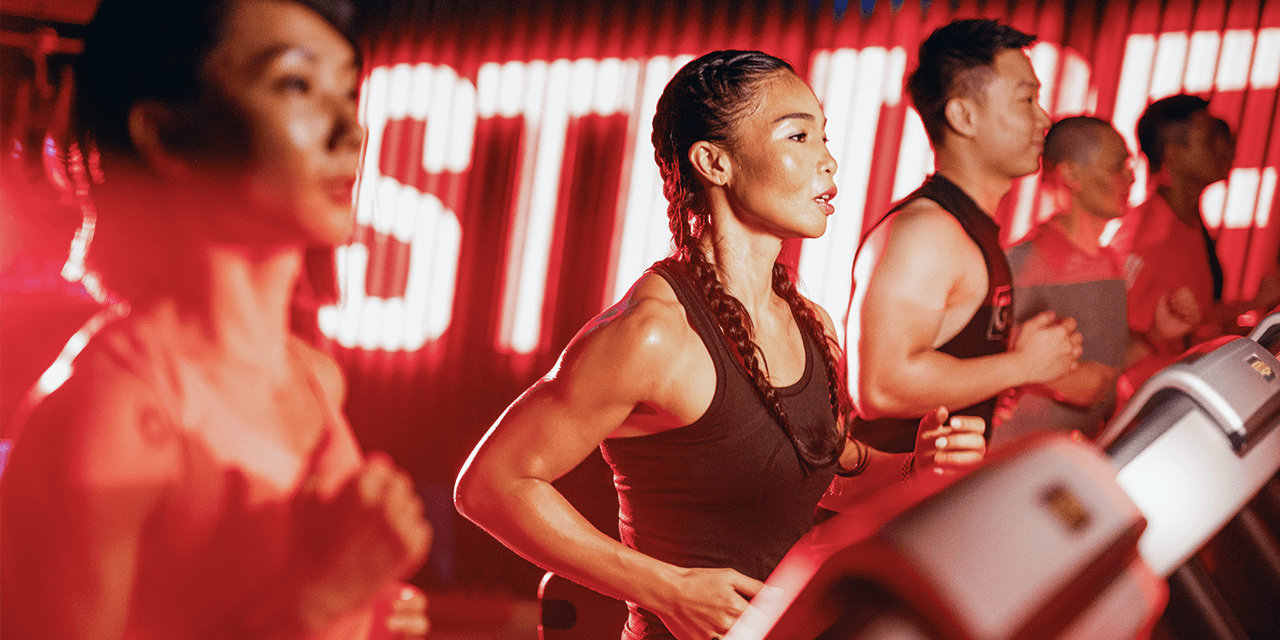
What are your growth plans?
SF: In the markets in which we already operate – Hong Kong, Indonesia, Malaysia, Philippines, Singapore and Thailand – we will prioritise running our own FIRE locations. However, COVID has led us to take on a slightly different outlook now: if we find good strategic partners, we may be open to a network approach, isolating specific territories for licensees so we don’t overlap.
Beyond that, there’s certainly scope to do hundreds of clubs worldwide. At this stage, though, I’m not putting specific numbers or a timeframe on it. Coming out of COVID, it’s really going to be down to the economy – how much money people have to invest – and real estate. If I were a landlord, I would be cutting deals now rather than waiting for the market to recover and having empty properties for potentially months or even years. However, we’ll have to see what happens.
In the long run, though, we’re finding consumers are already spending more on their health, so we have a good deal of optimism around both of our licensed products: FIRE and GoFit.
Here’s to new opportunities
We certainly aren’t naive enough to suggest the challenges it brought our sector have disappeared as the calendar ticked over to 1 January 2021. However, after the best part of a year spent battling an invisible but all-to-present foe, the team at RIDE HIGH wanted to take this chance to focus instead on the positives. To encourage everyone to step back from the events of 2020, take advantage of the blank canvas and fresh perspectives of a new year, and look at the exciting opportunities within our reach.
With that in mind our article the Future of Indoor Cycling – is a compelling read. Bringing together a panel of global experts, it outlines some fascinating predictions for the indoor cycling sector in 2021 and beyond.
From technology-enhanced experiences to altered workout habits and patterns; ramped-up qualifications to a new breed of cycling instructor; esports and gamification to an expanded definition of hybrid; bespoke programming to AI, AR, VR and GAFA (Google, Apple, Facebook, Amazon), our experts dive into the trends that will shape our sector.
Their observations throw a detailed spotlight on some of the challenges we will continue to face, even post-COVID – challenges we must own and overcome. But to my eyes even more importantly, they also sow the seeds of new ideas, new opportunities, new hope at the beginning of a new year.
Thank you, to the whole panel for these invaluable insights.
Crucially, these opportunities aren’t out there in the vague, far-distance future. Such is the pace of change that they are things we should be thinking about right now. Operators and manufacturers alike must ensure they are briefed and ready to seize these opportunities, ensuring our sector fulfils its potential and inspire a whole new generation of passionate indoor cyclists.
Uffe A. Olesen
CEO, BODY BIKE International

